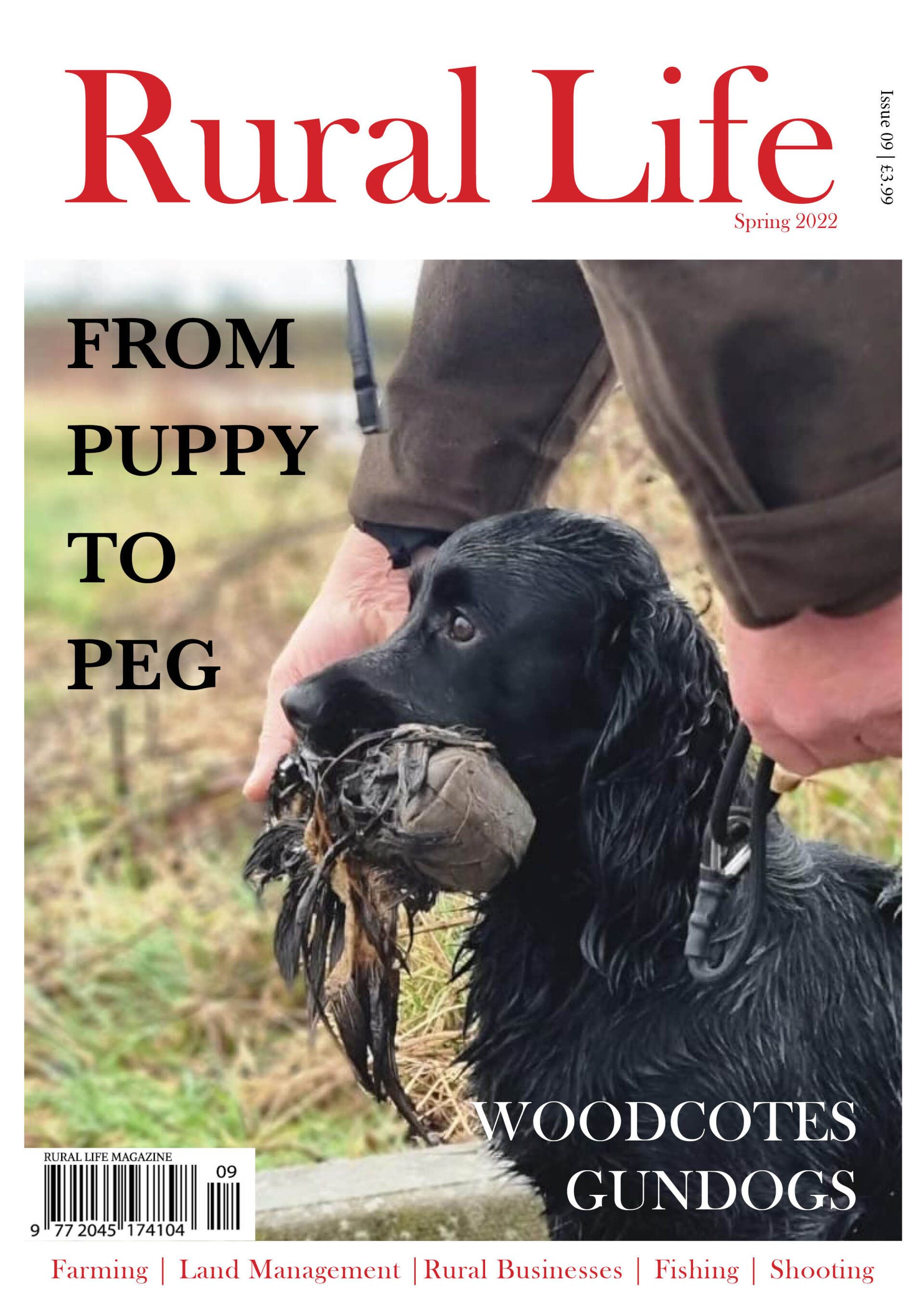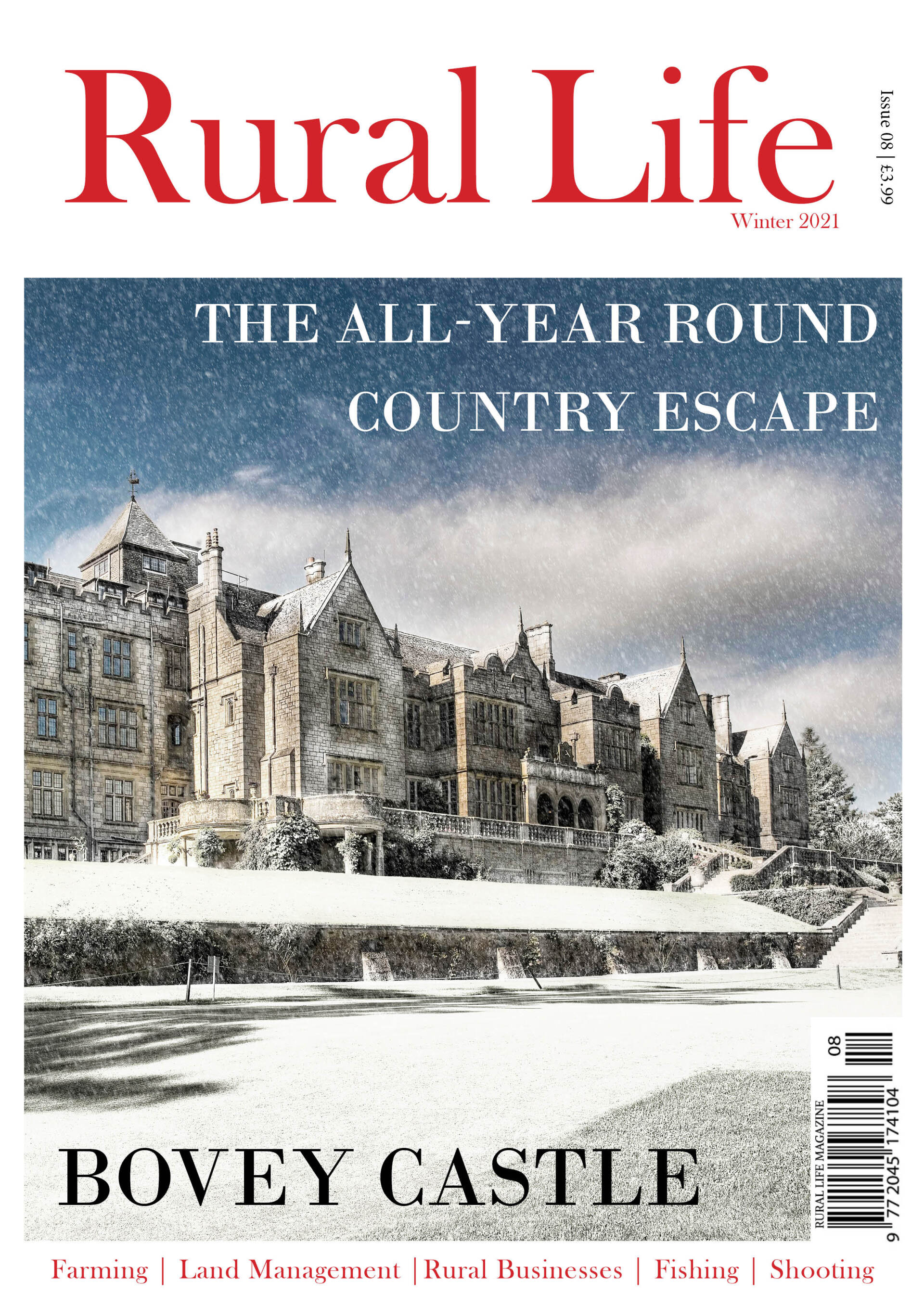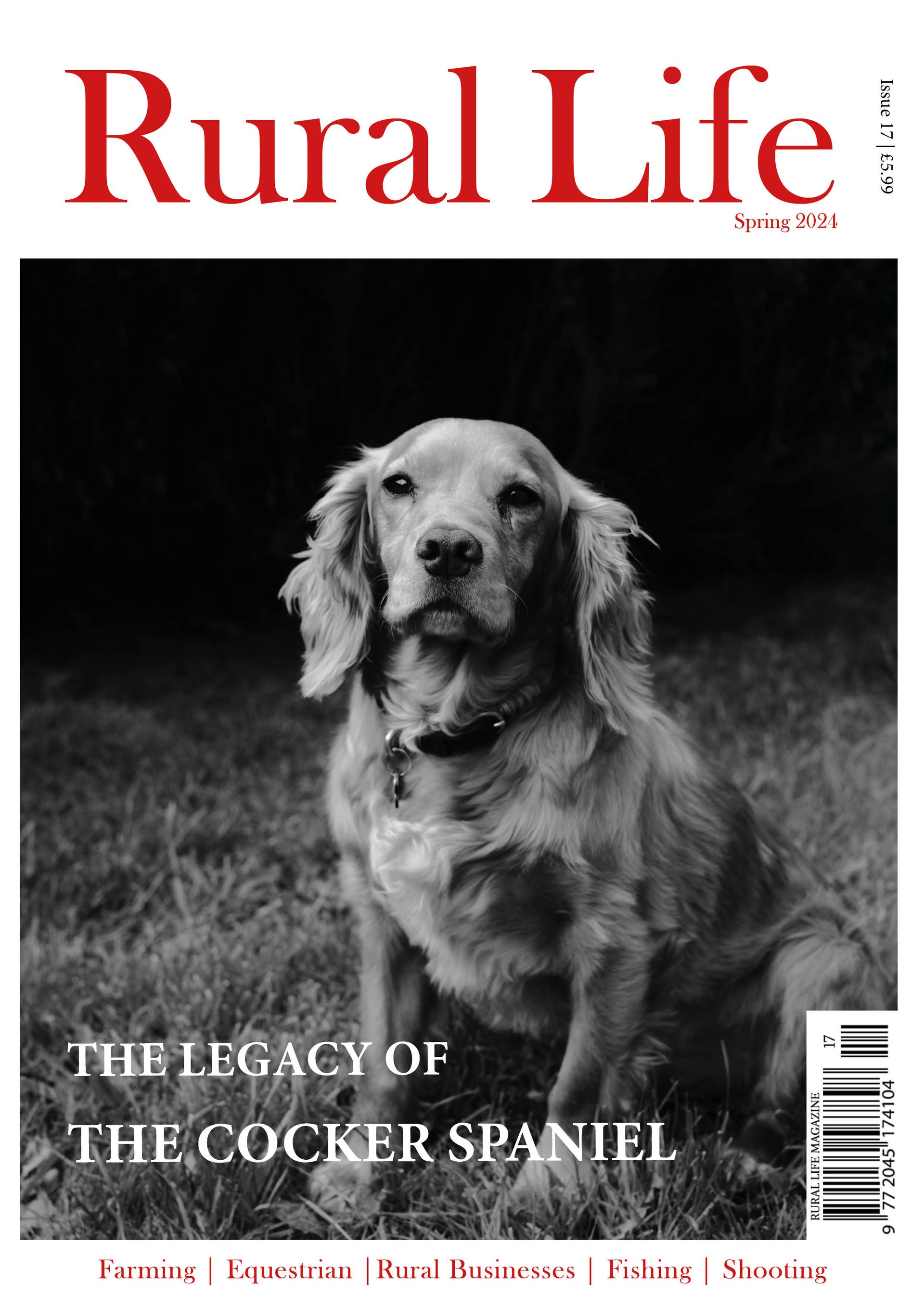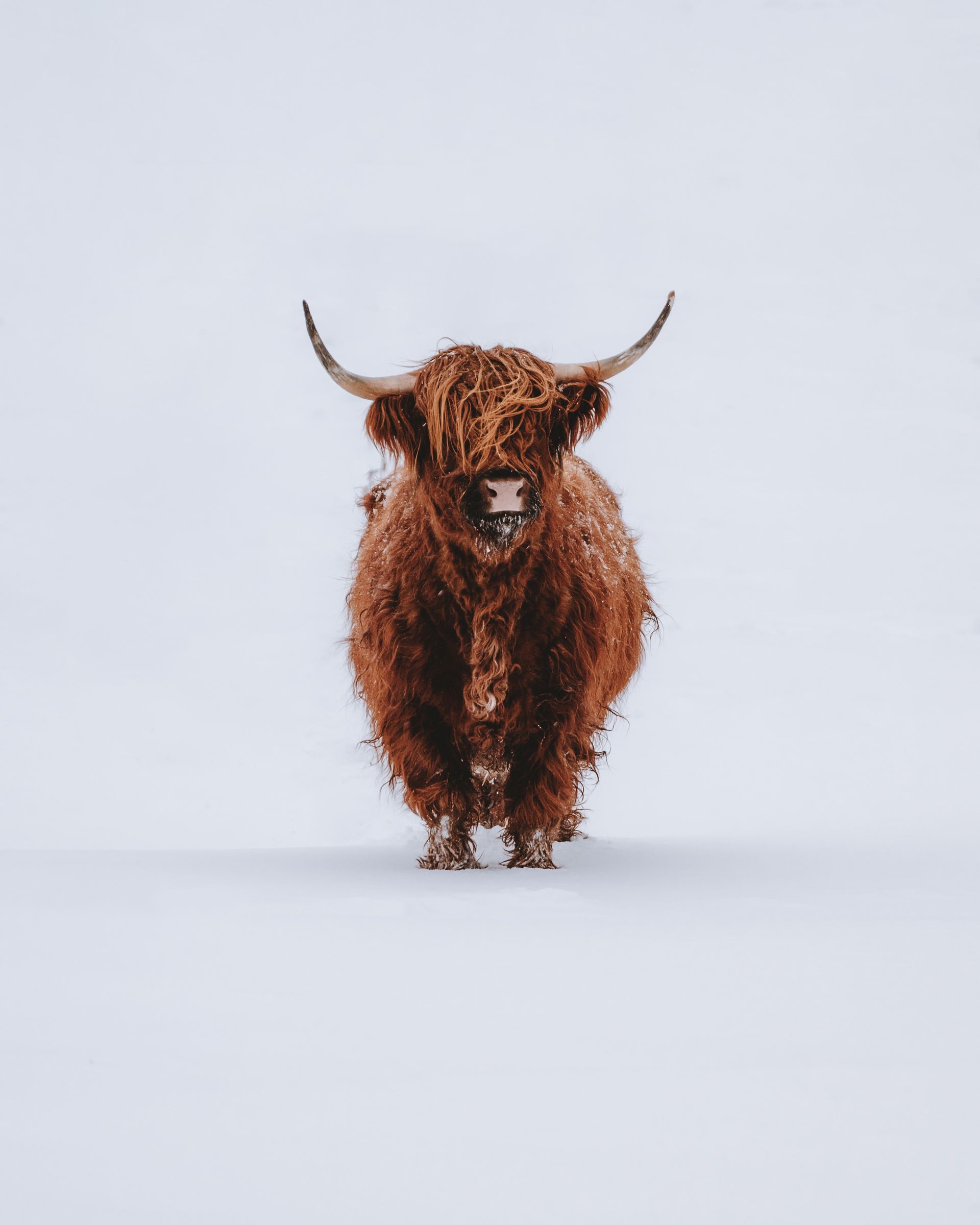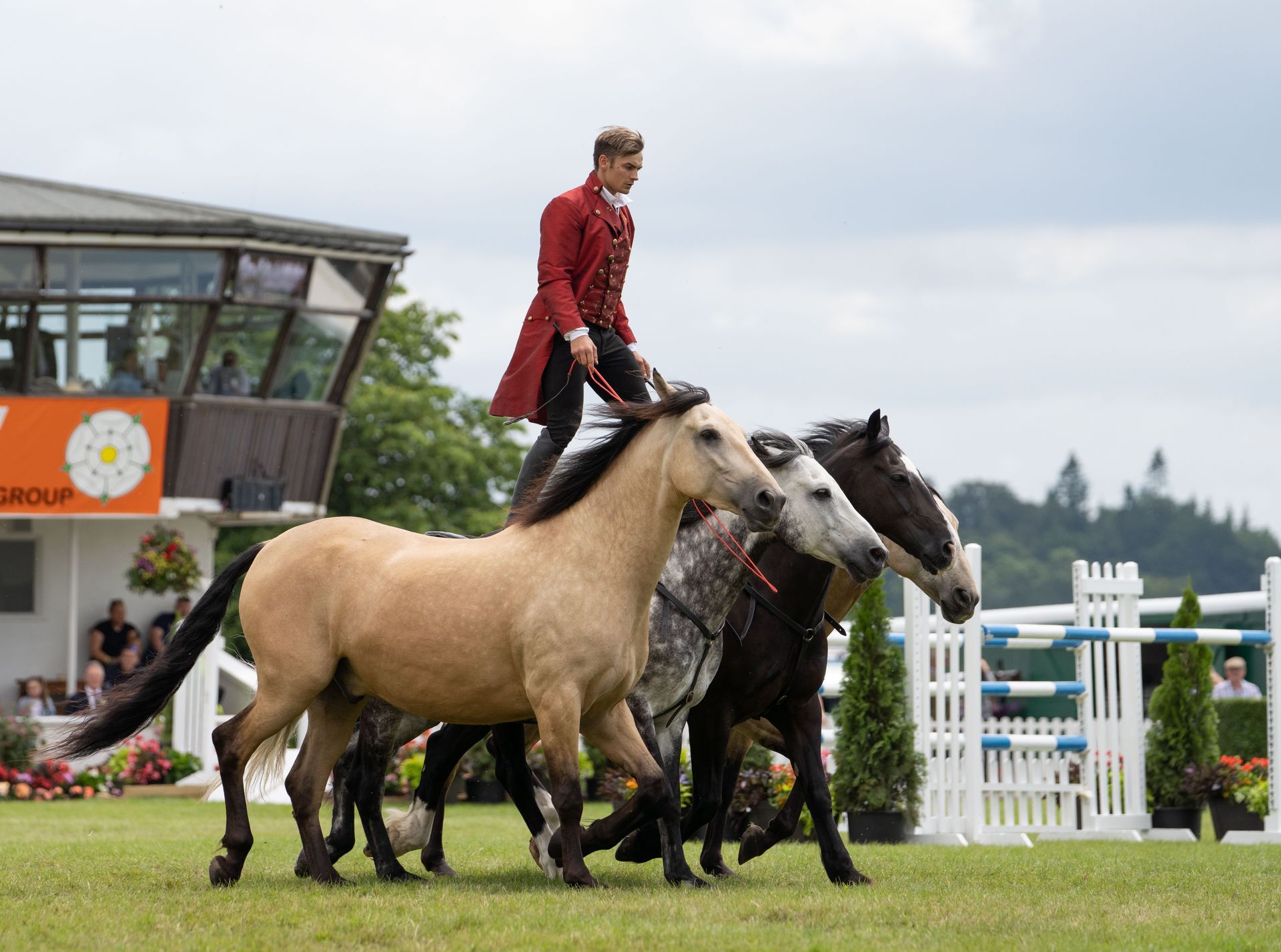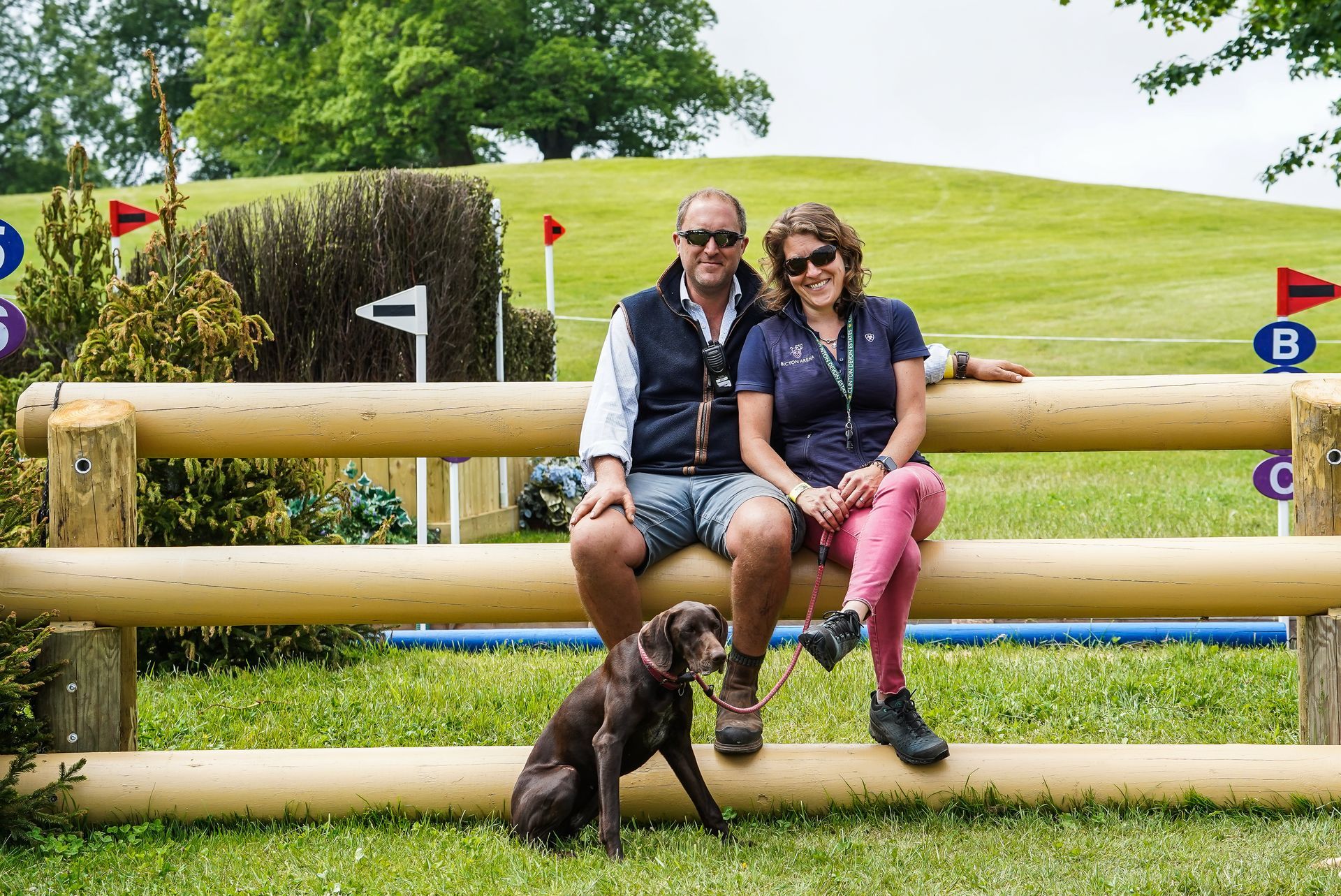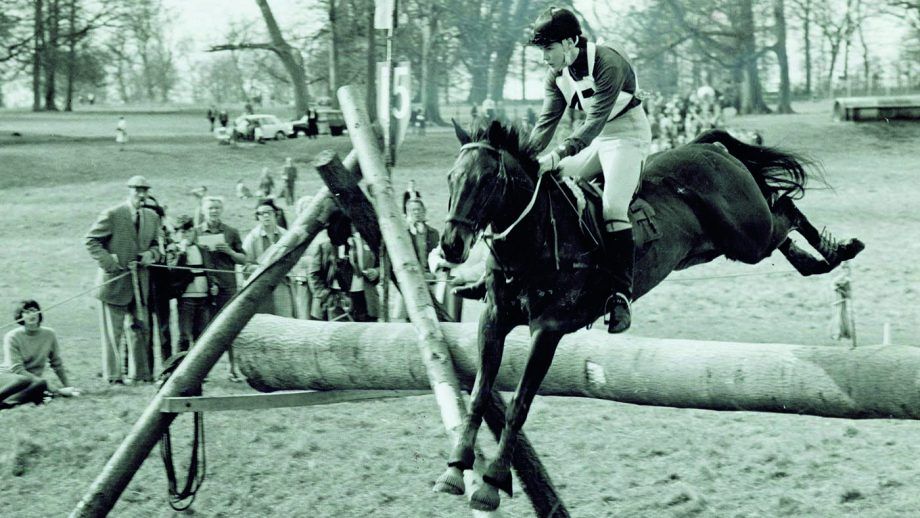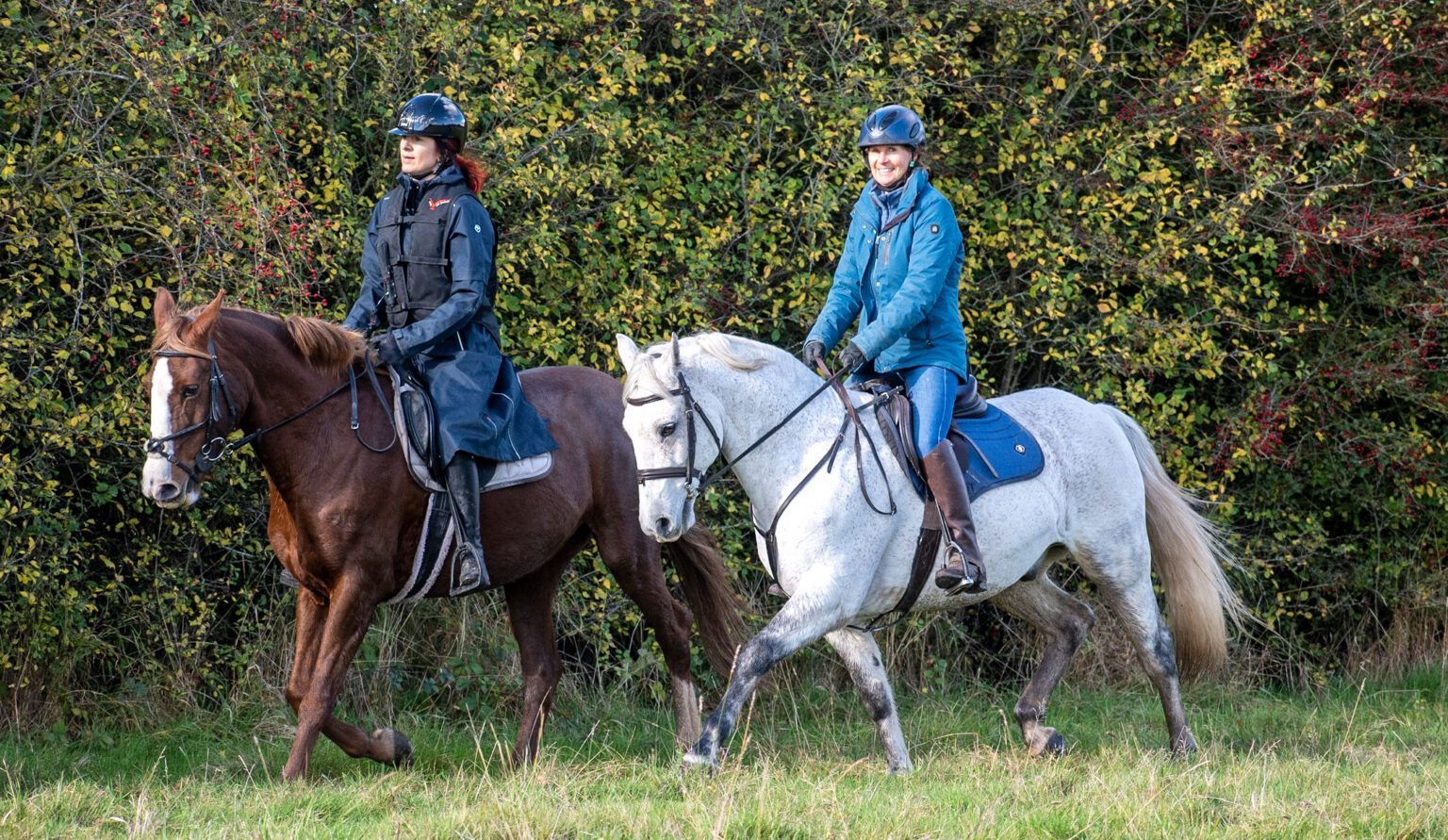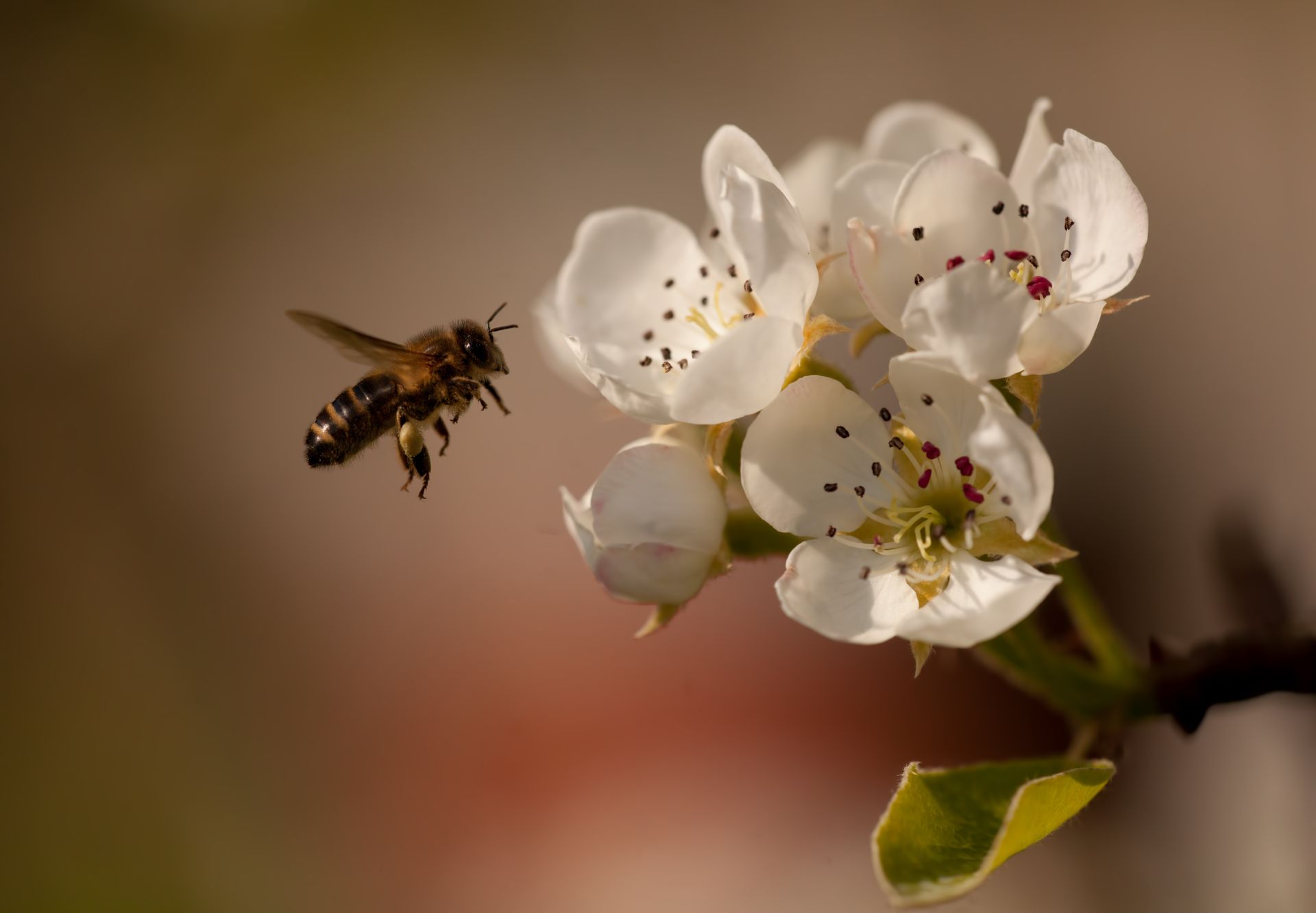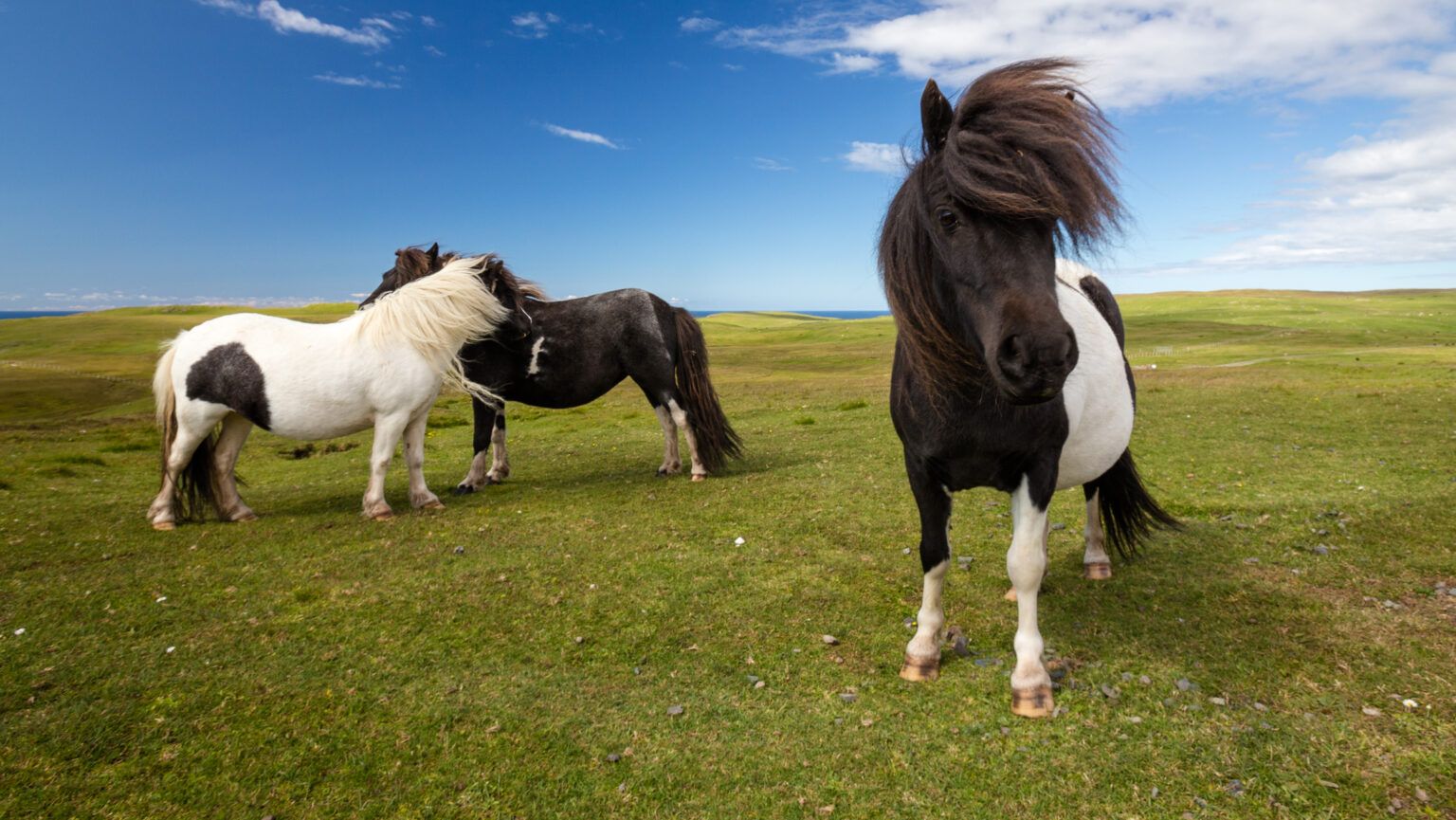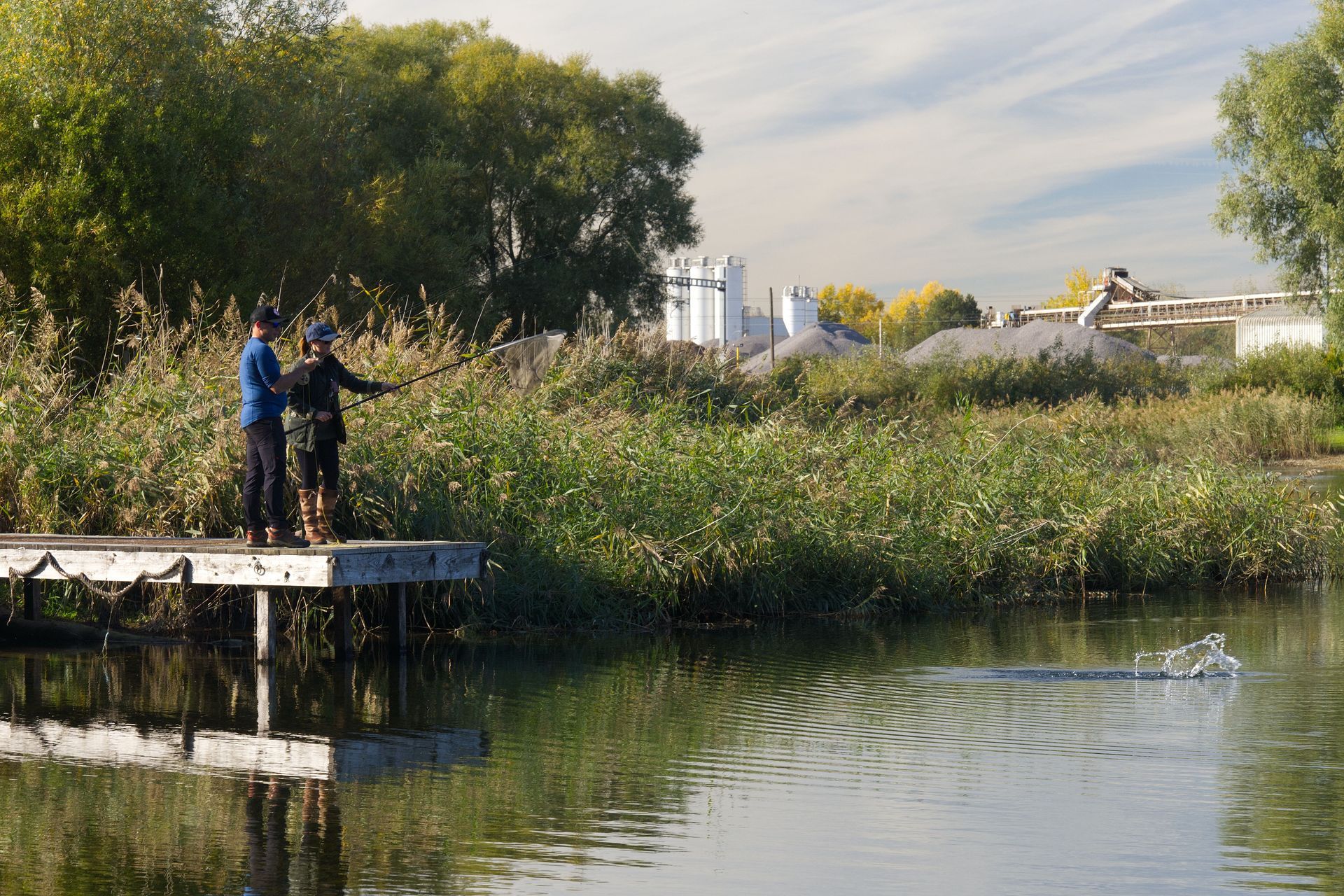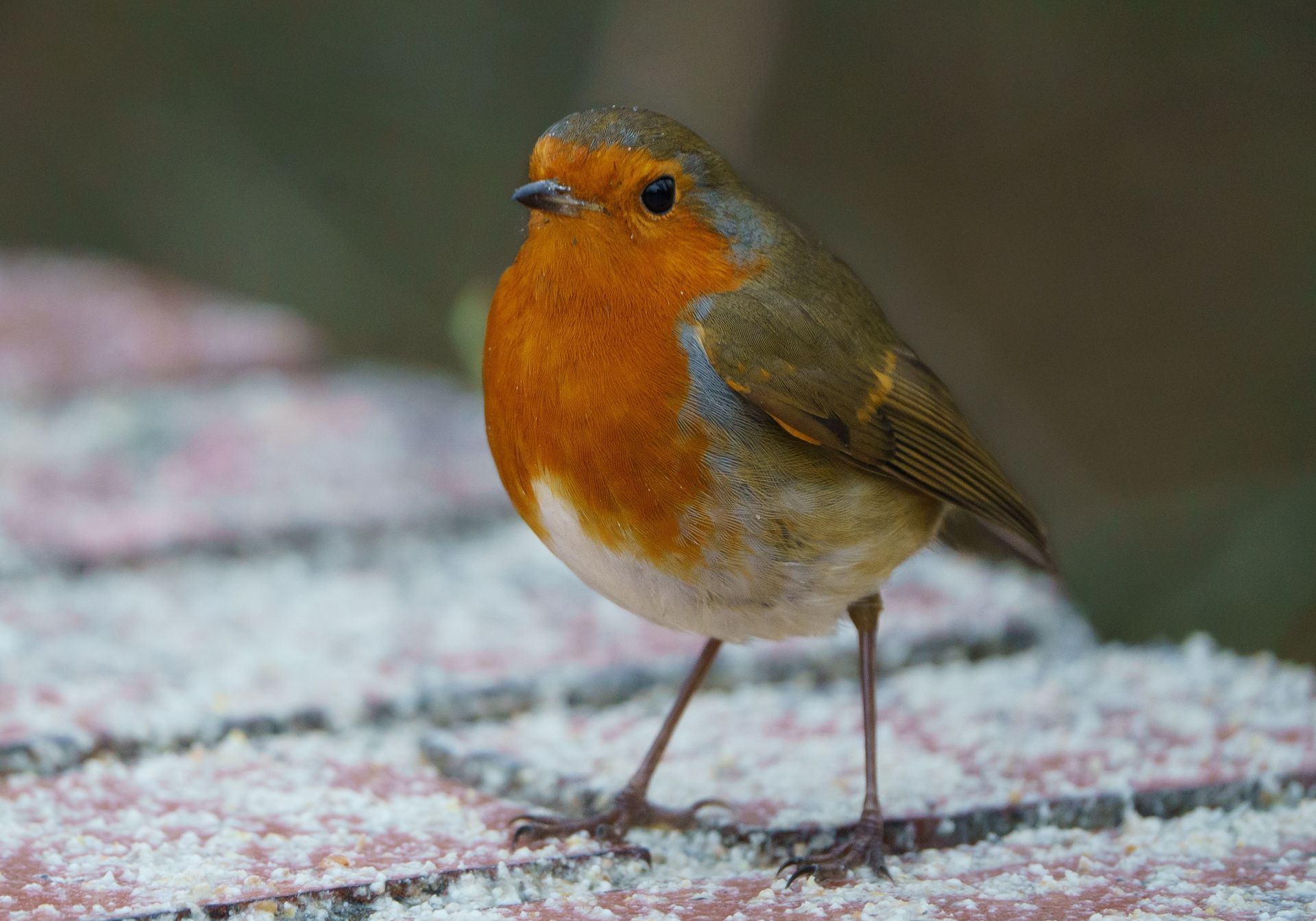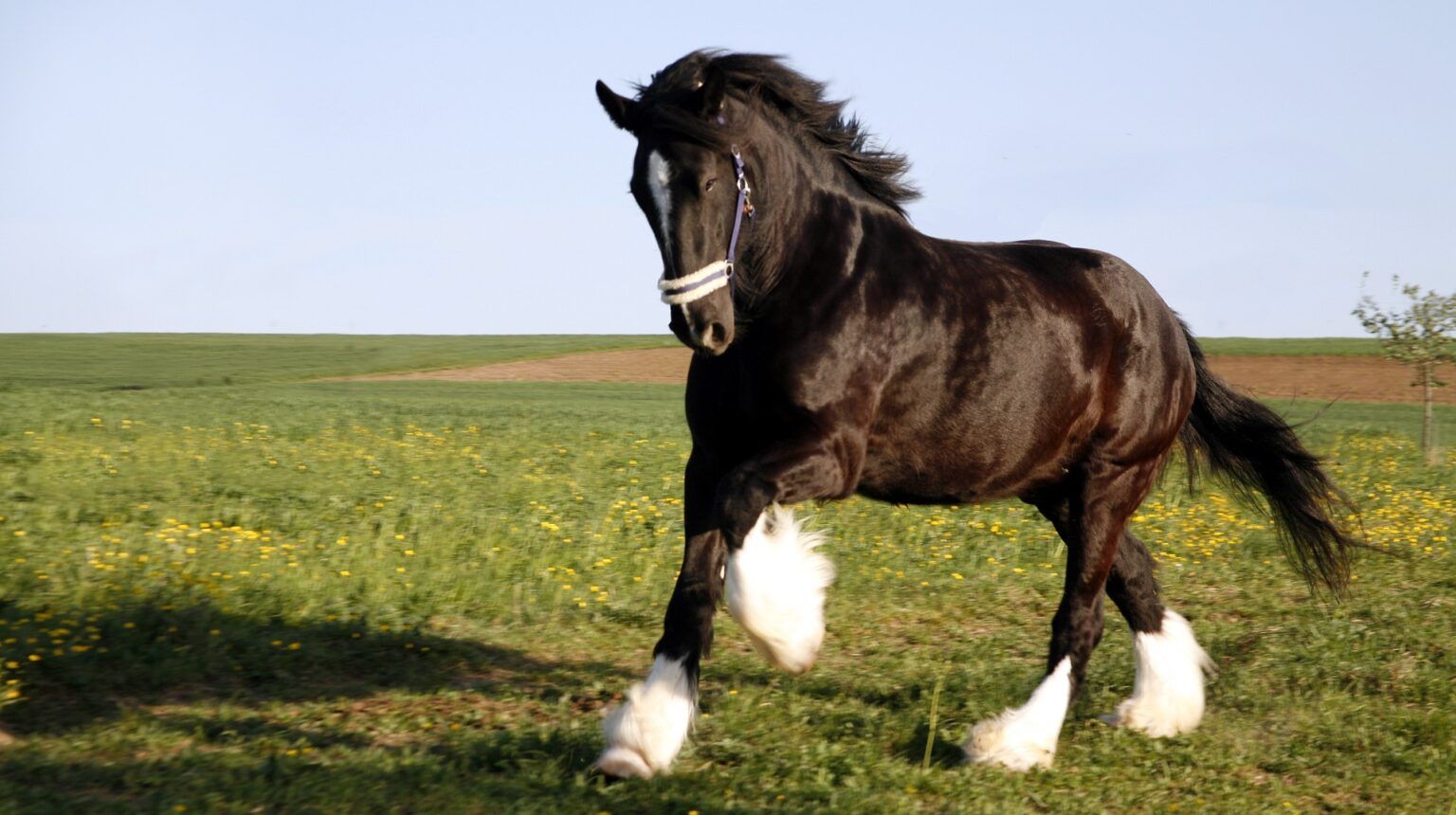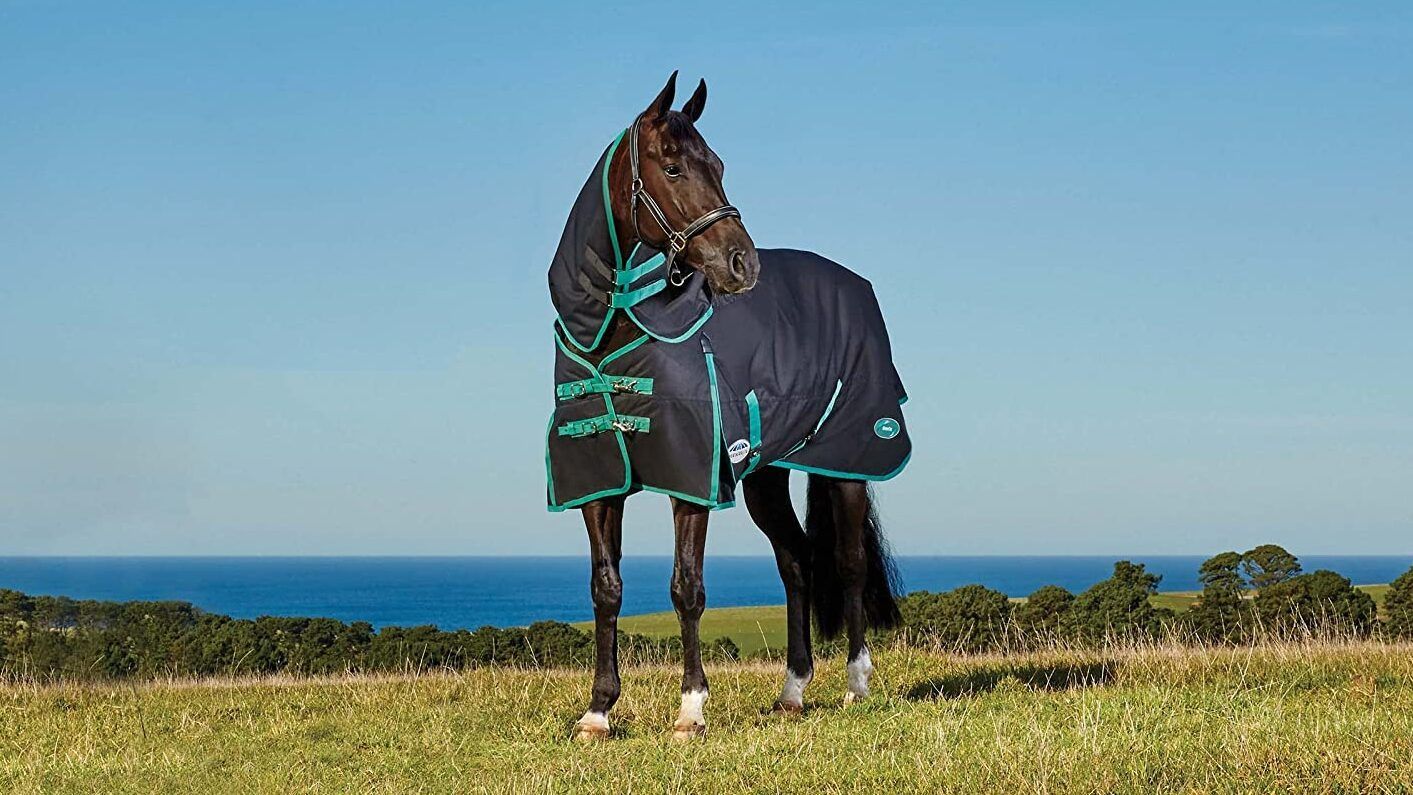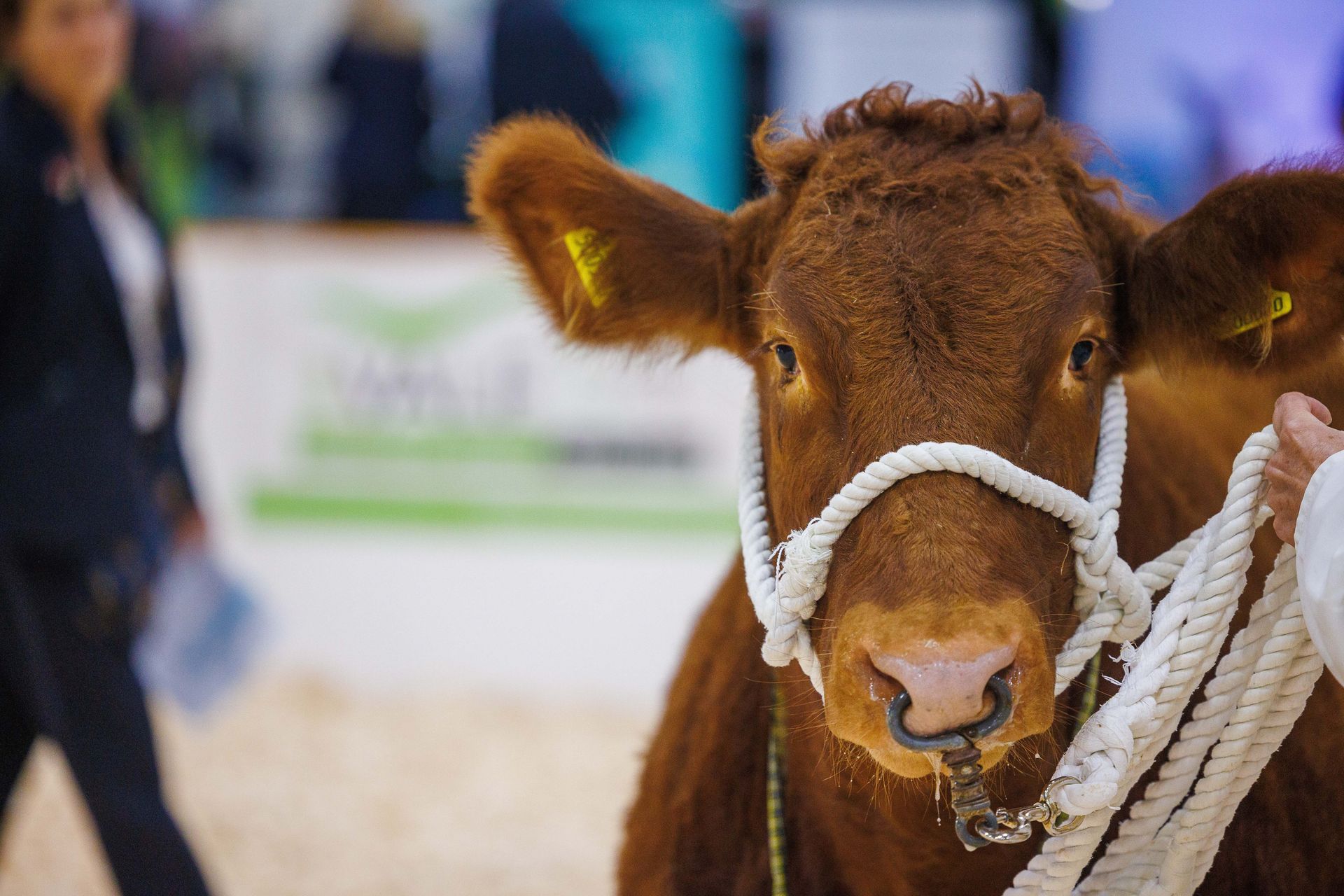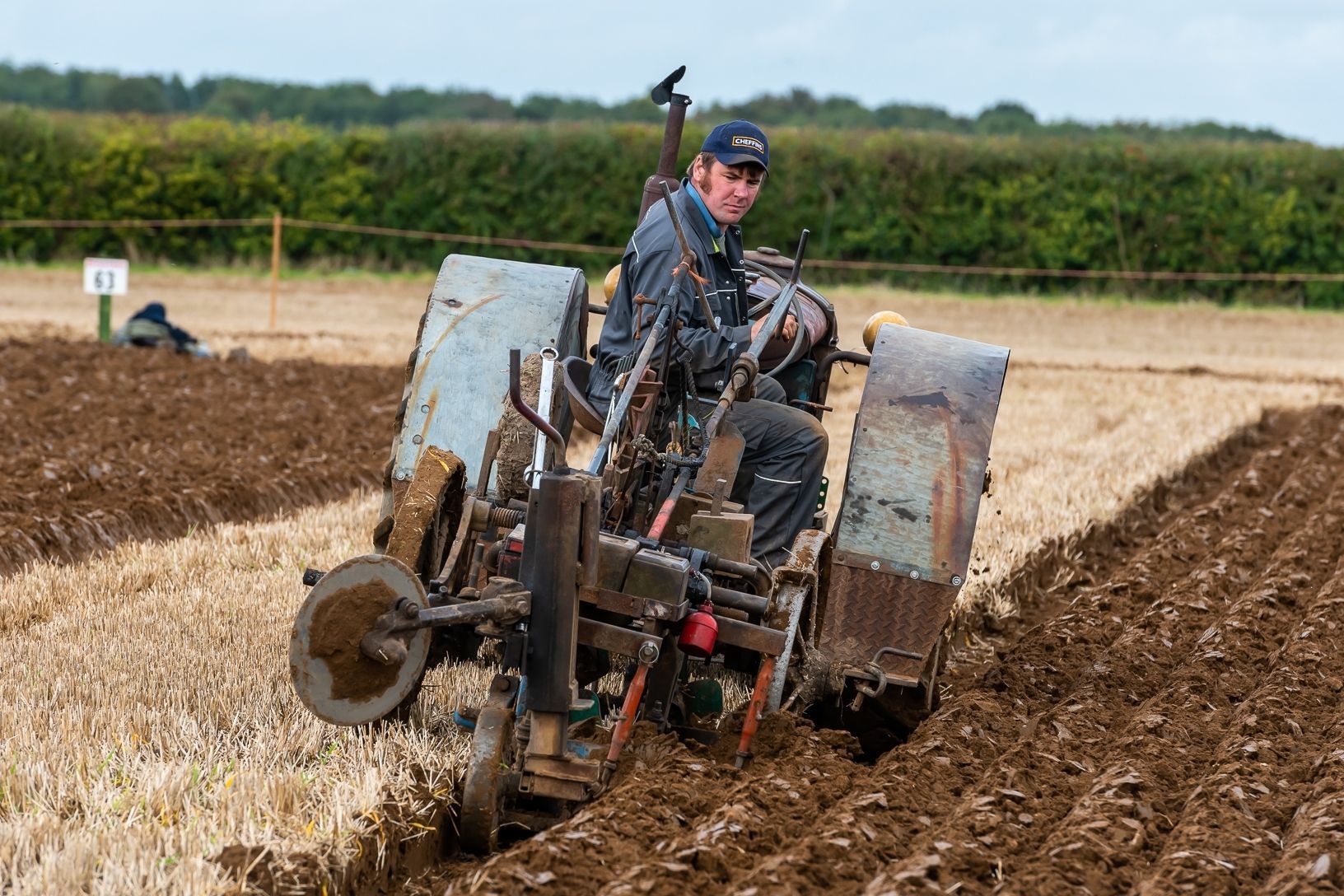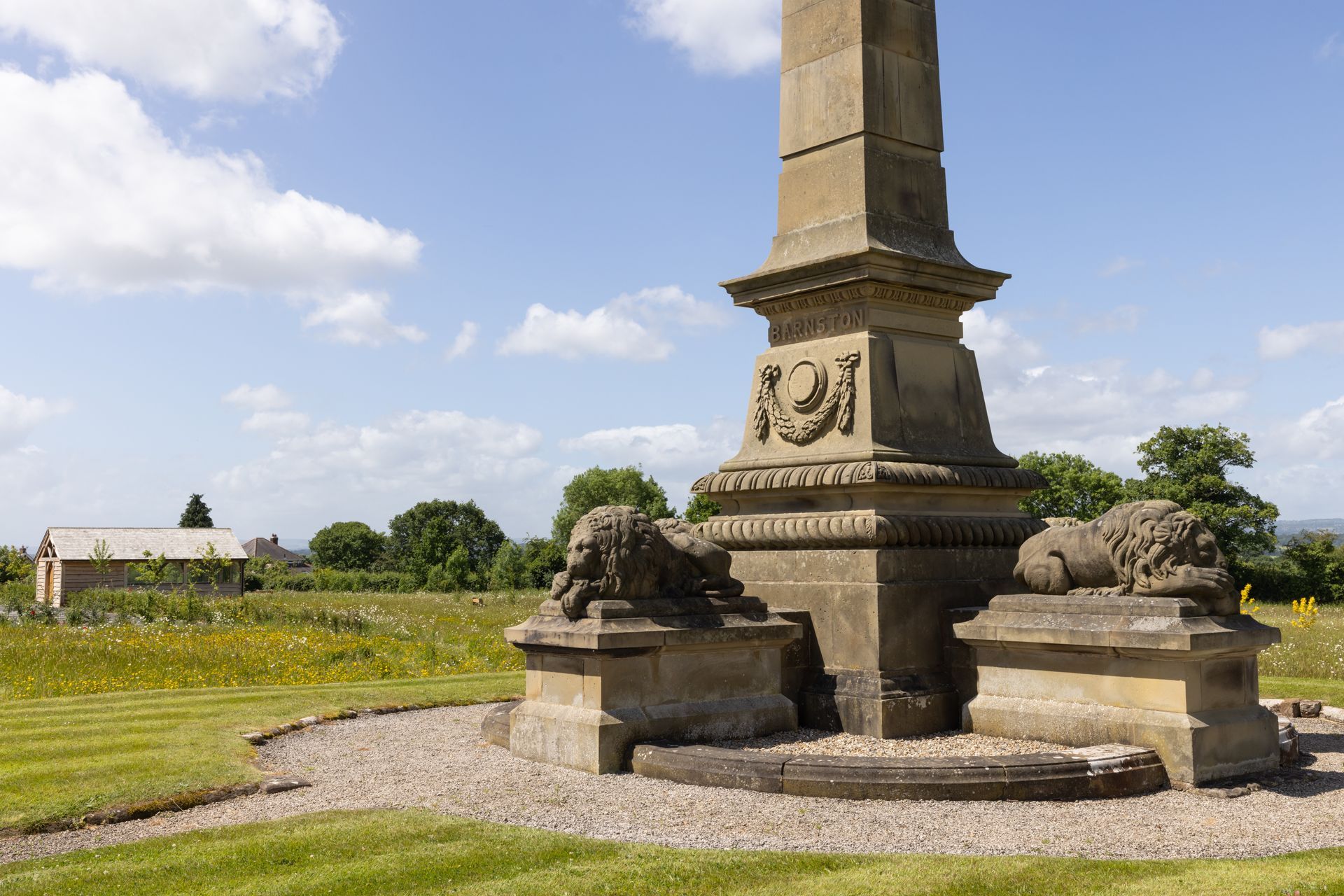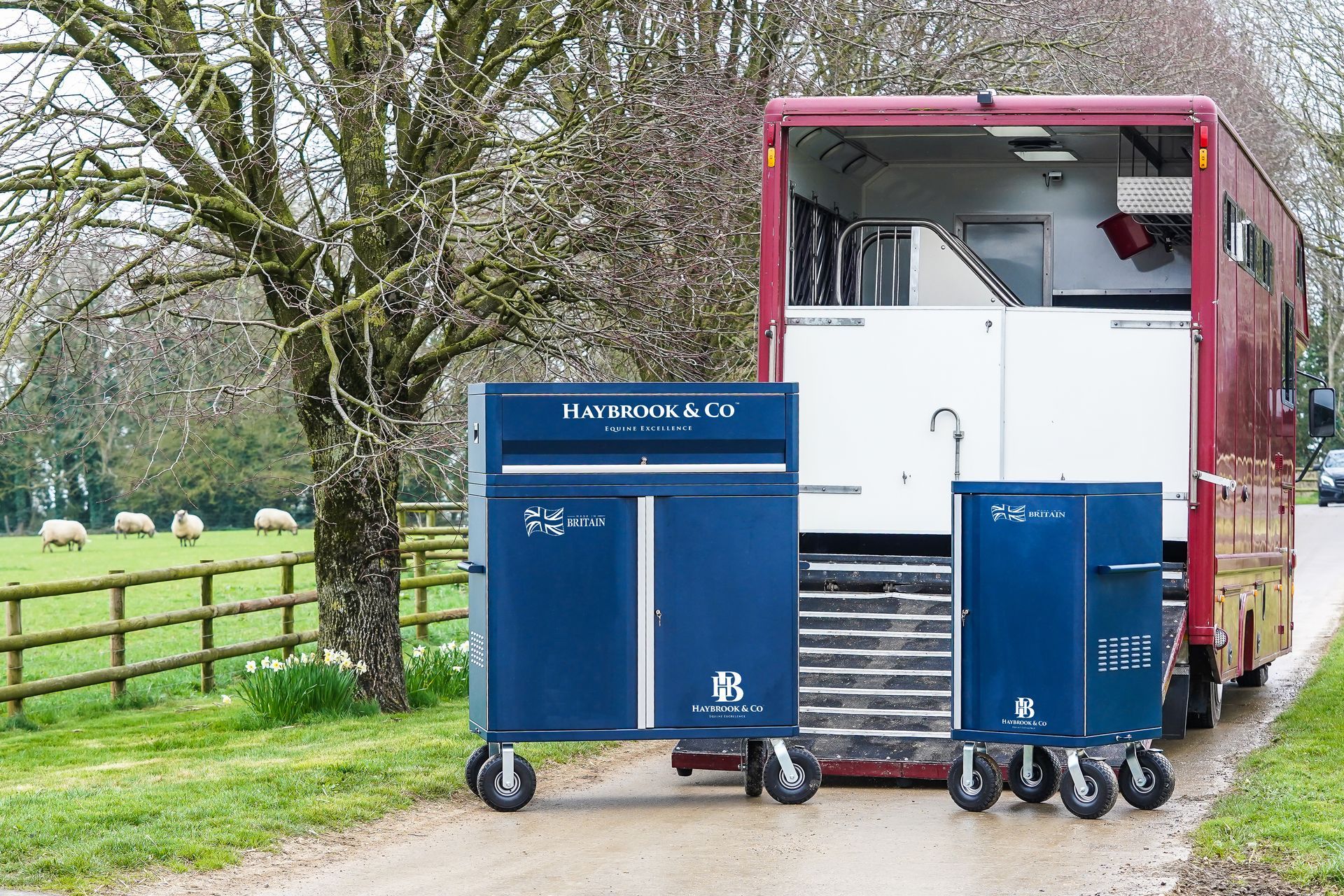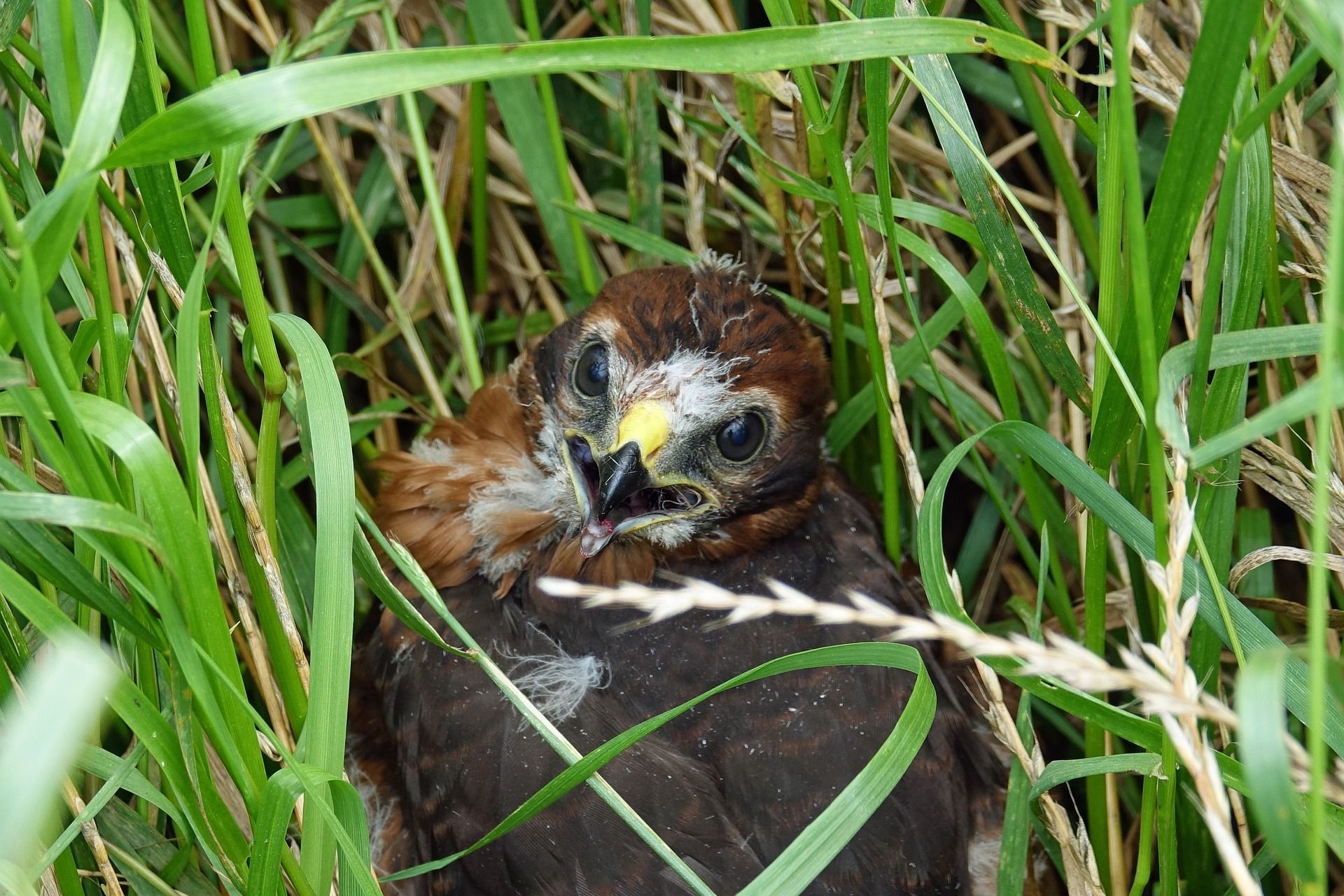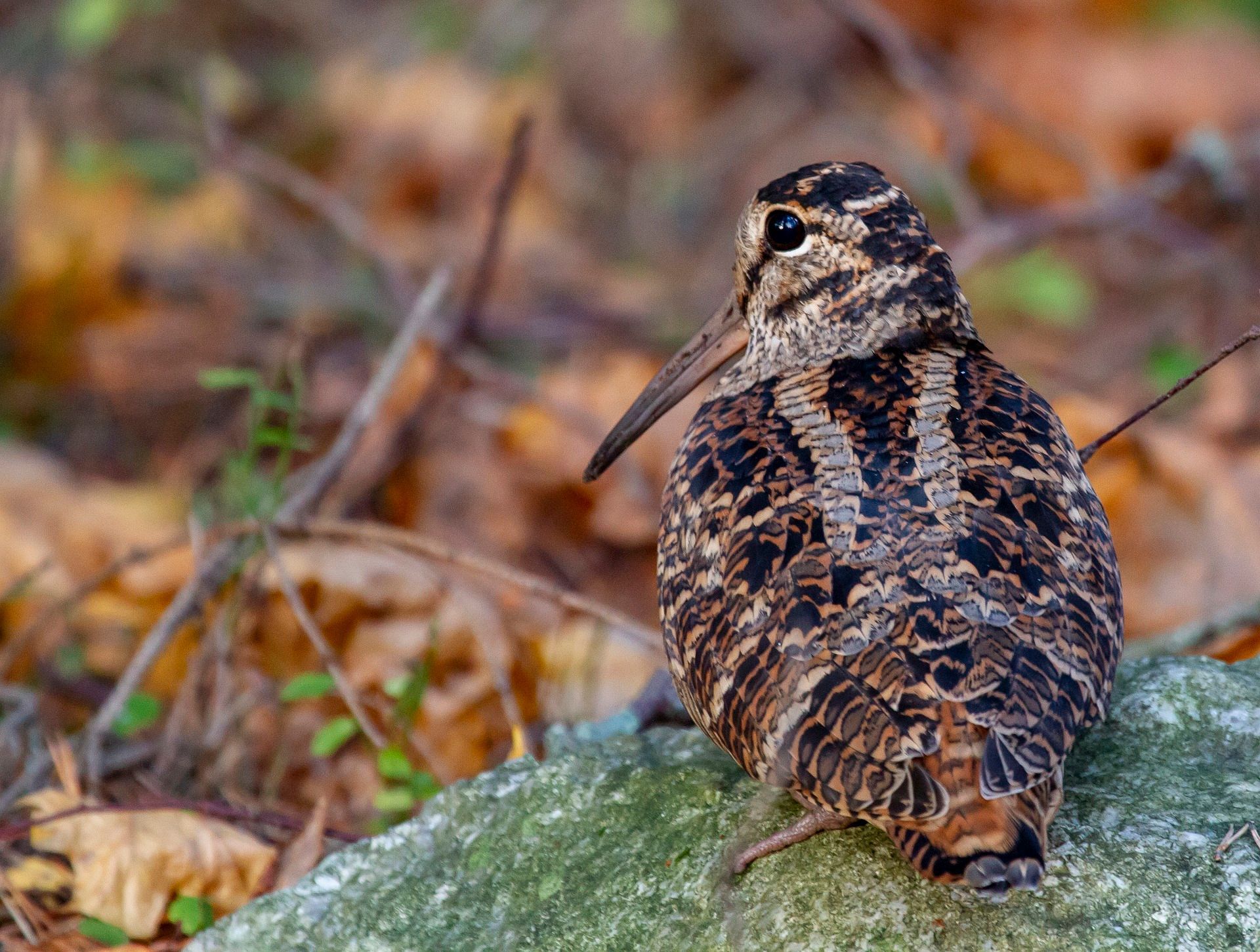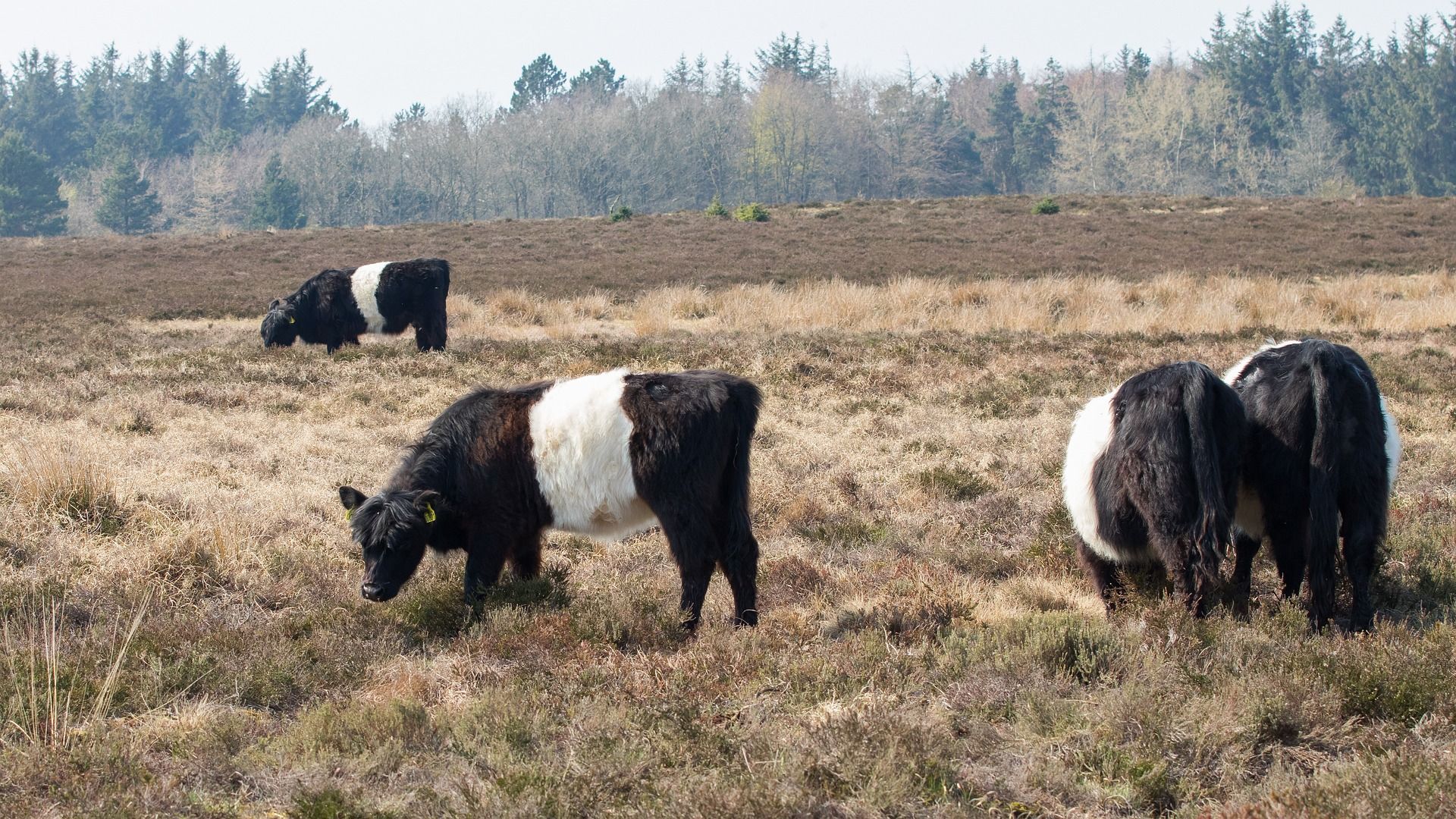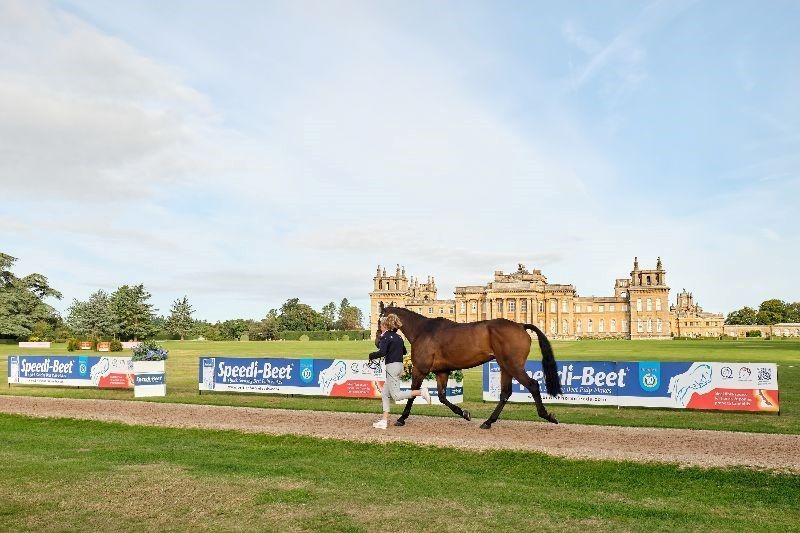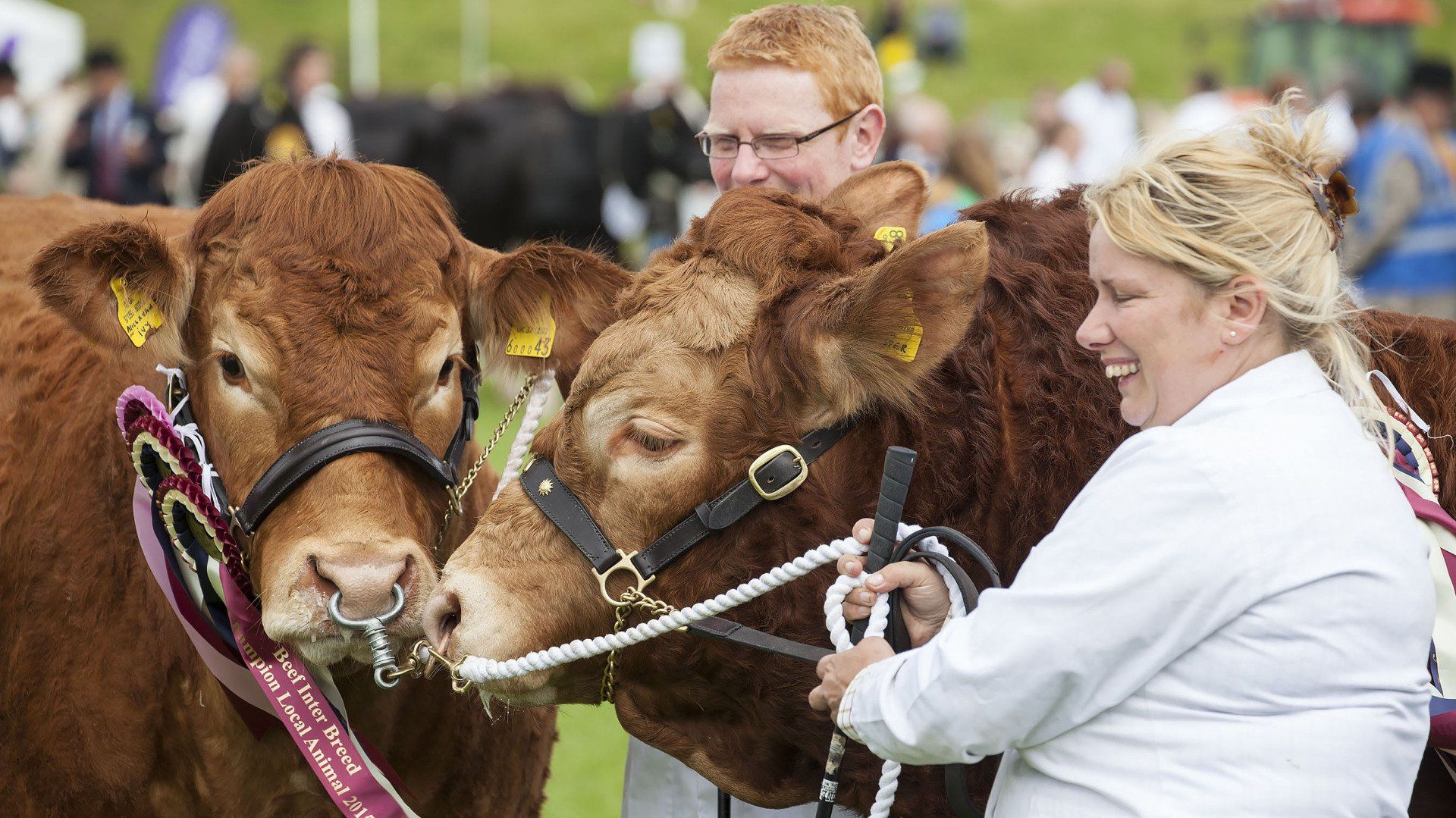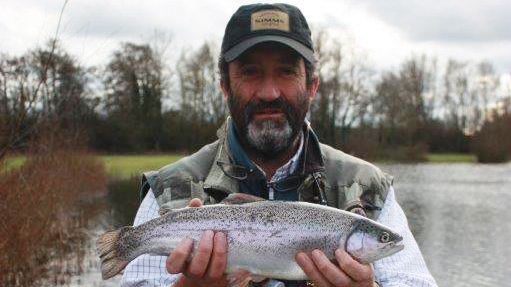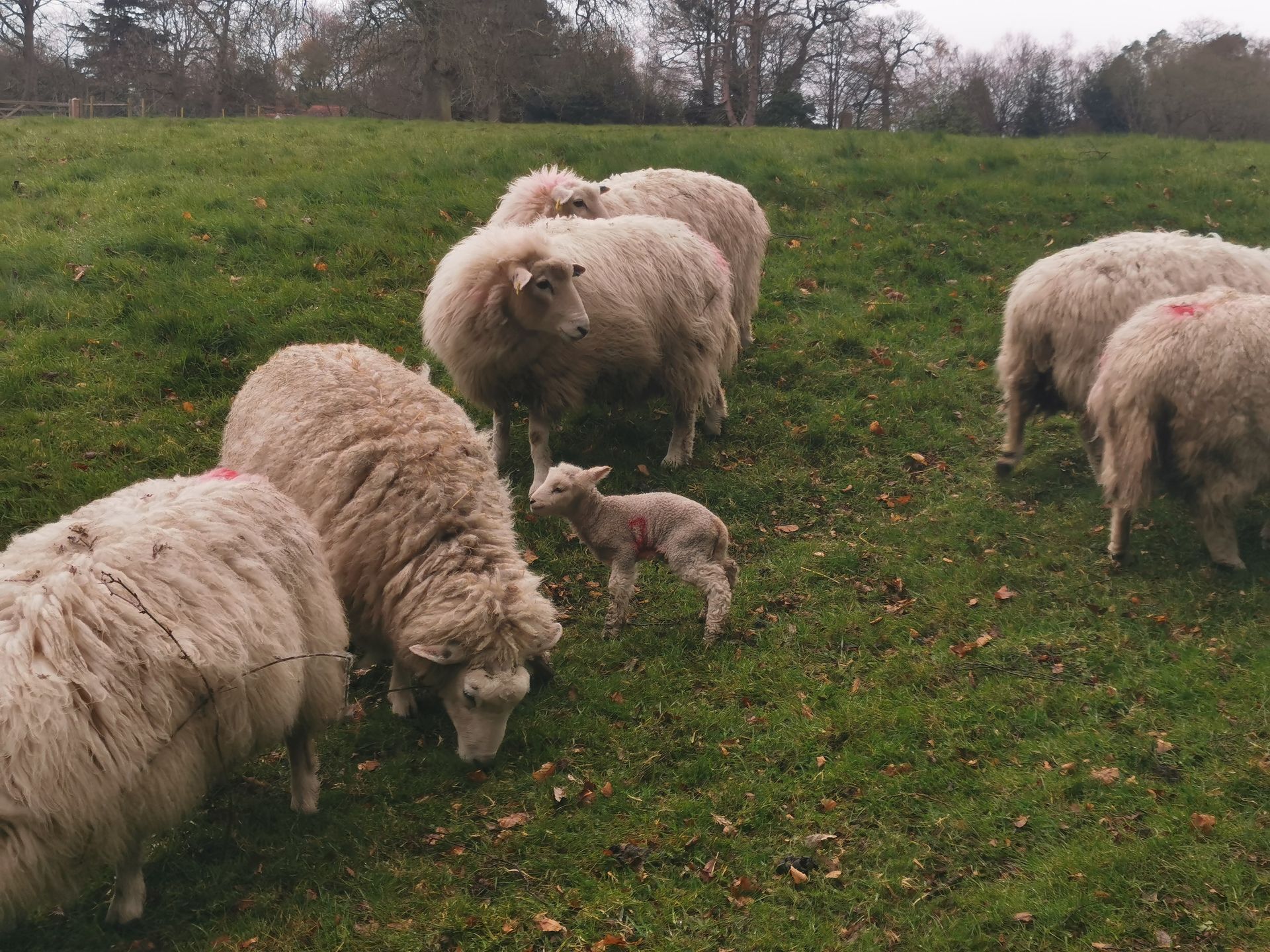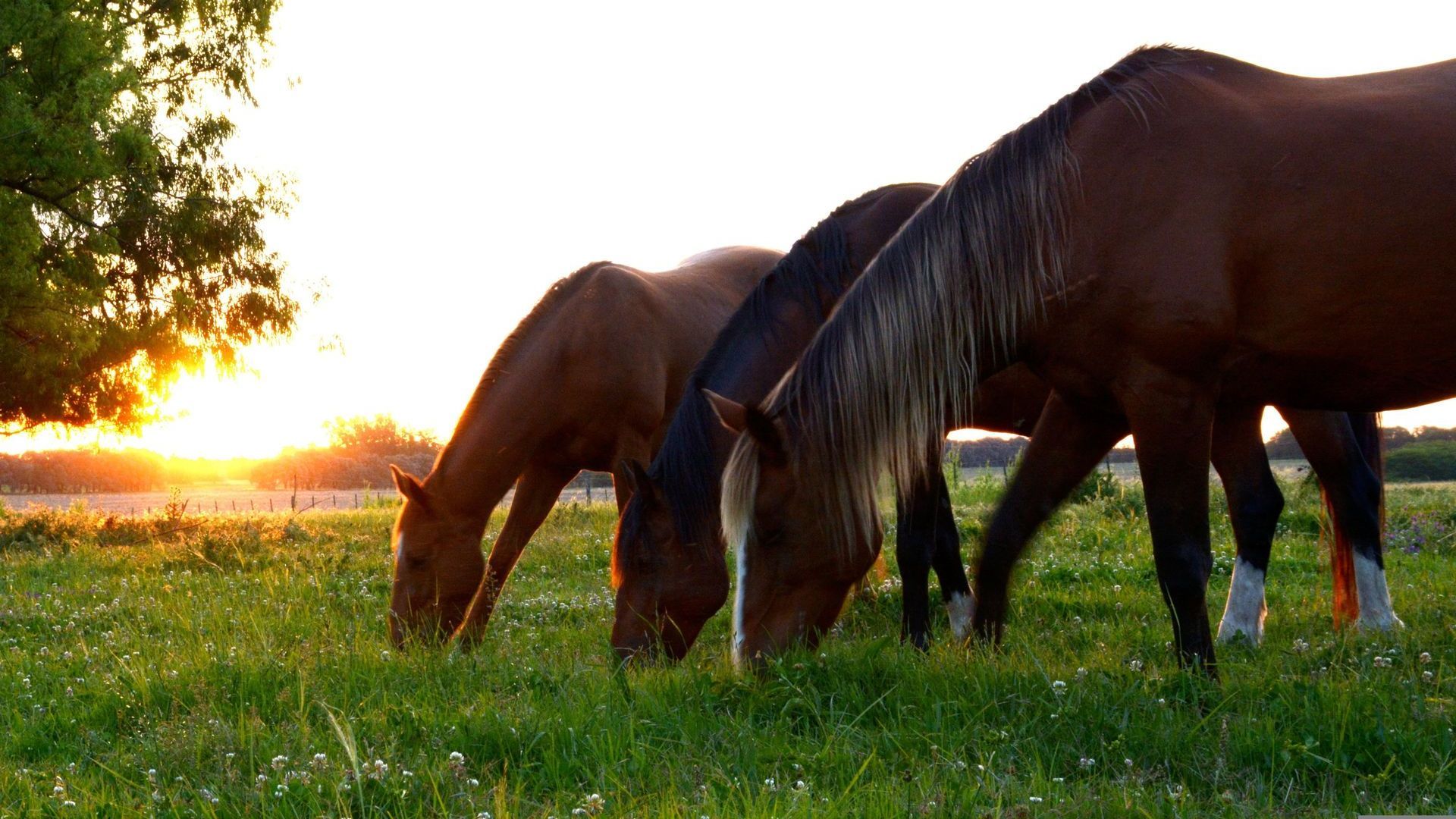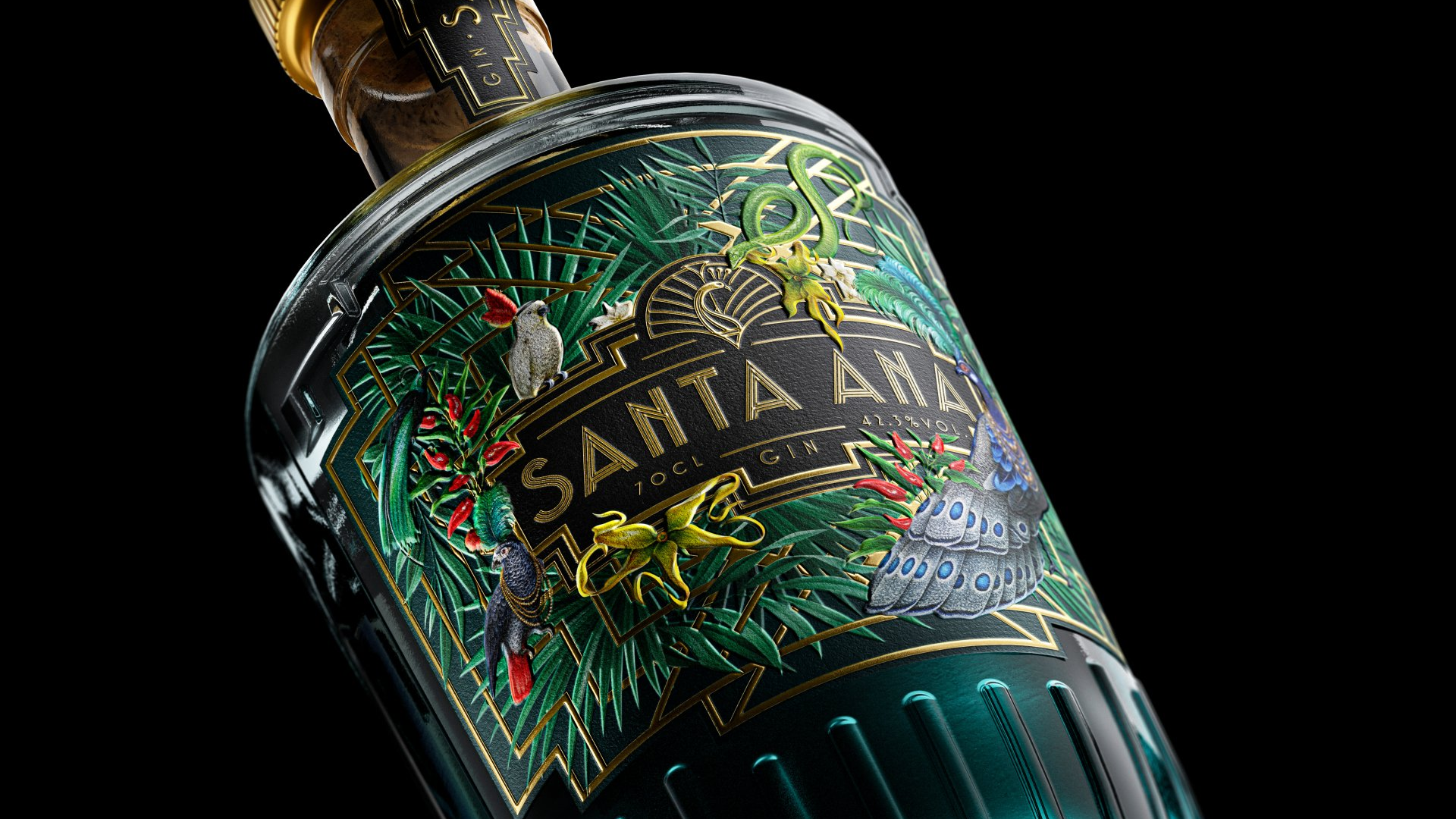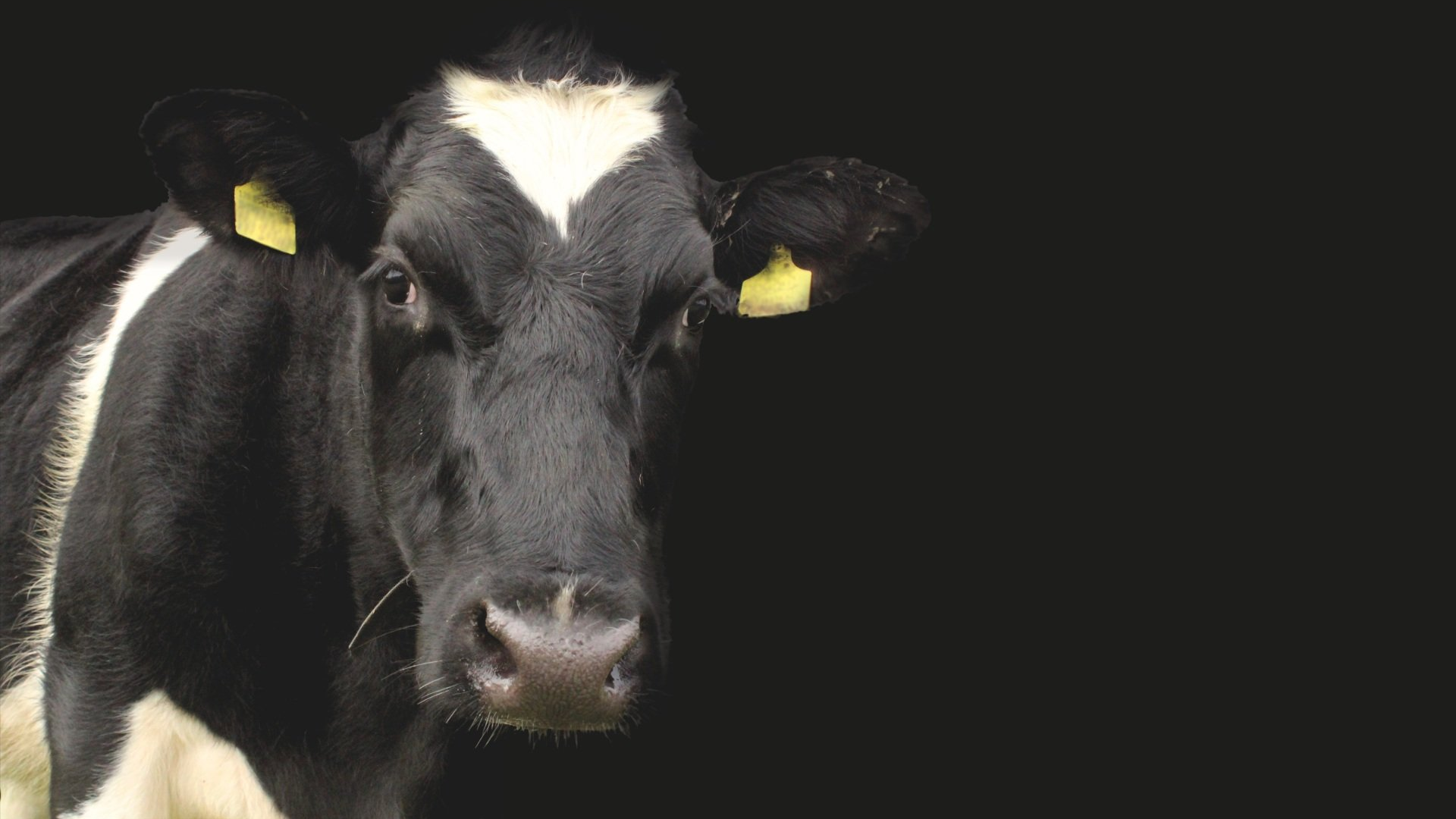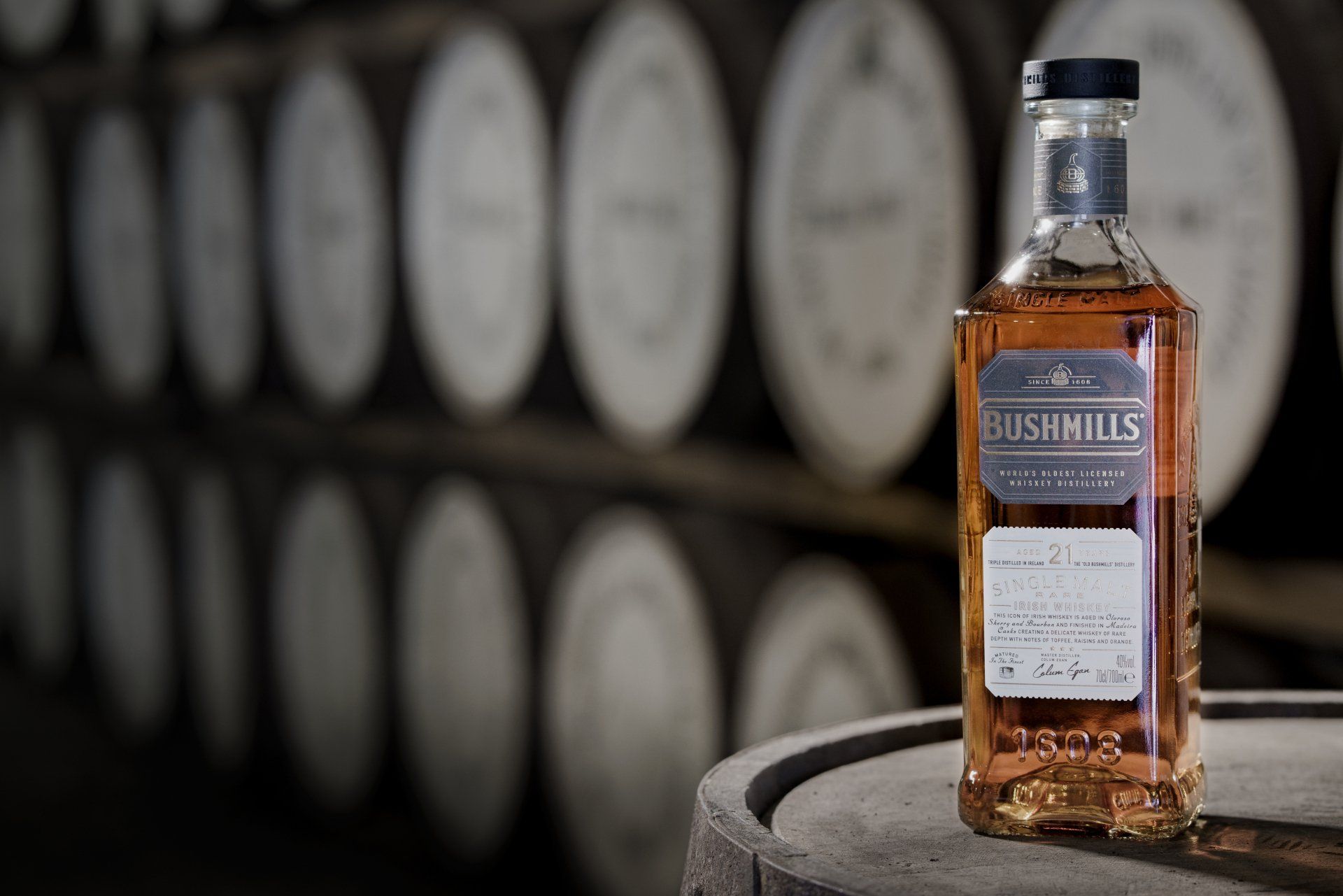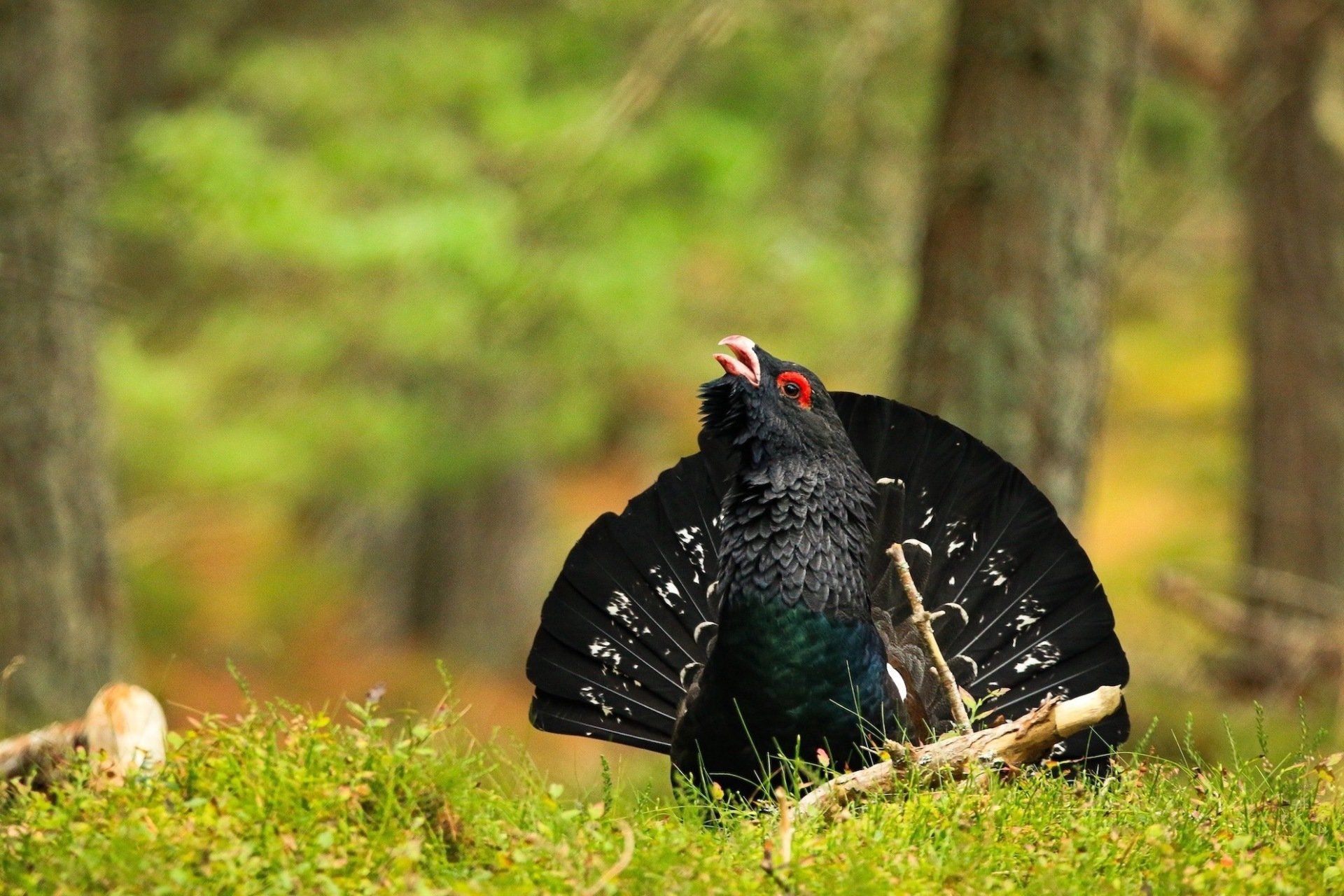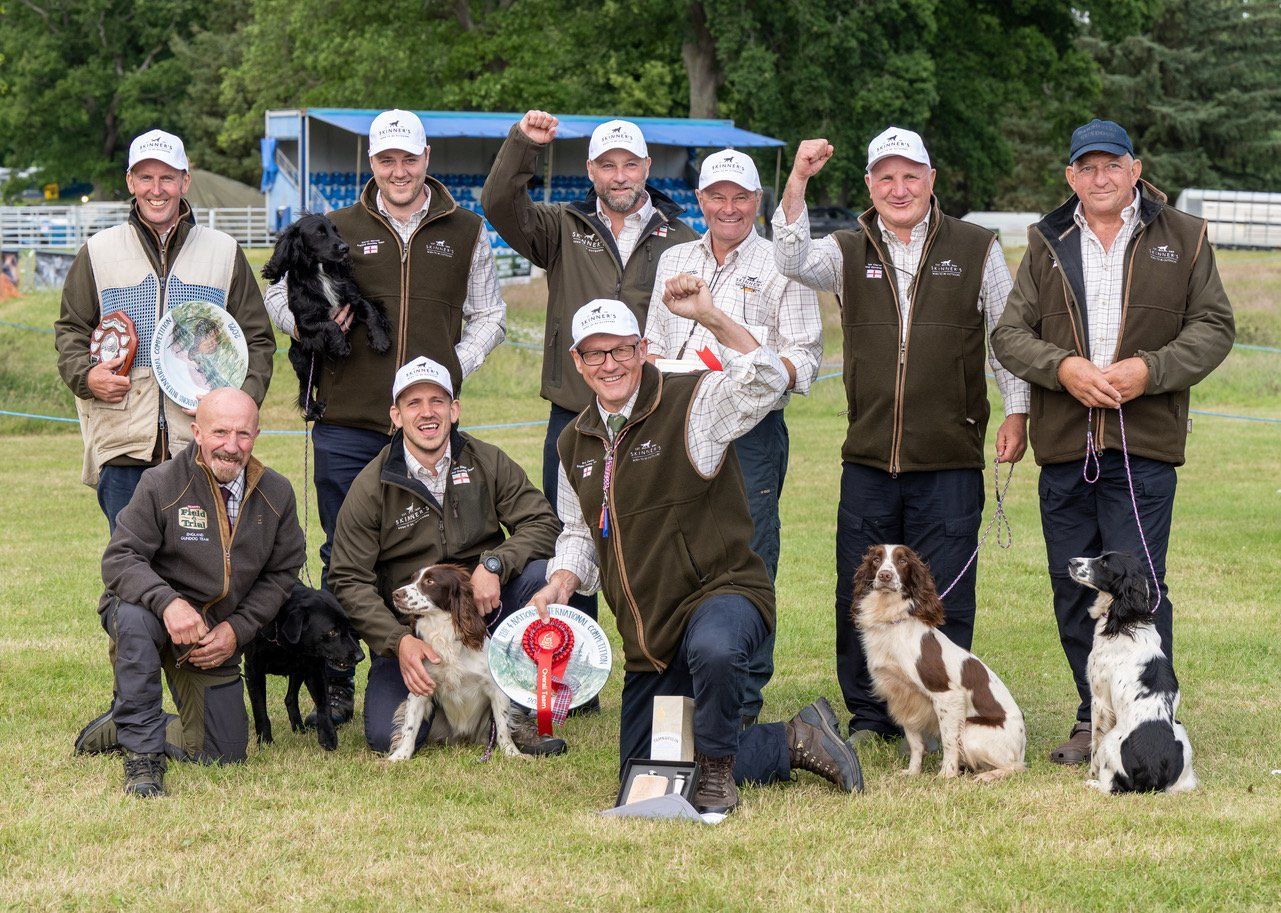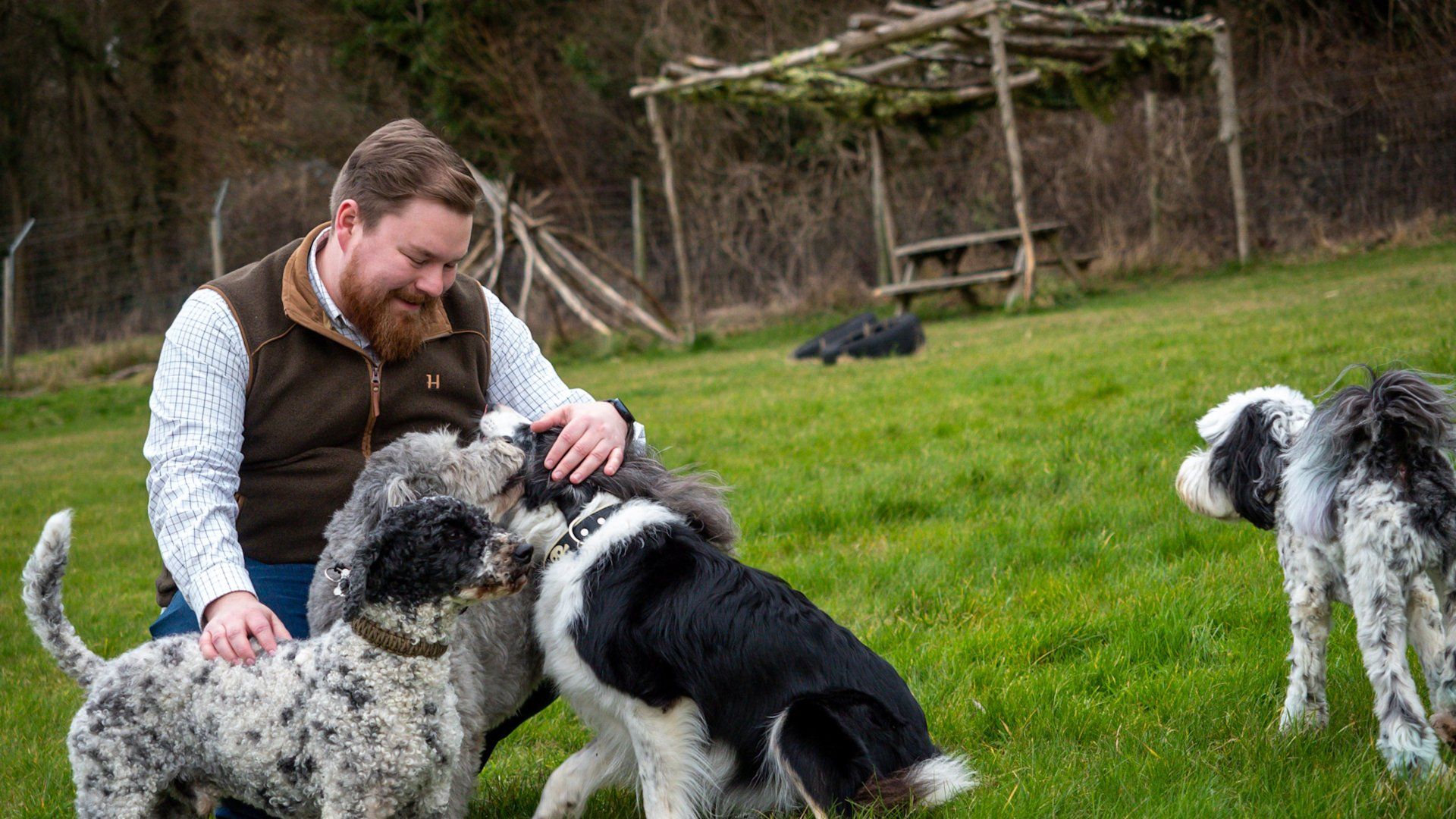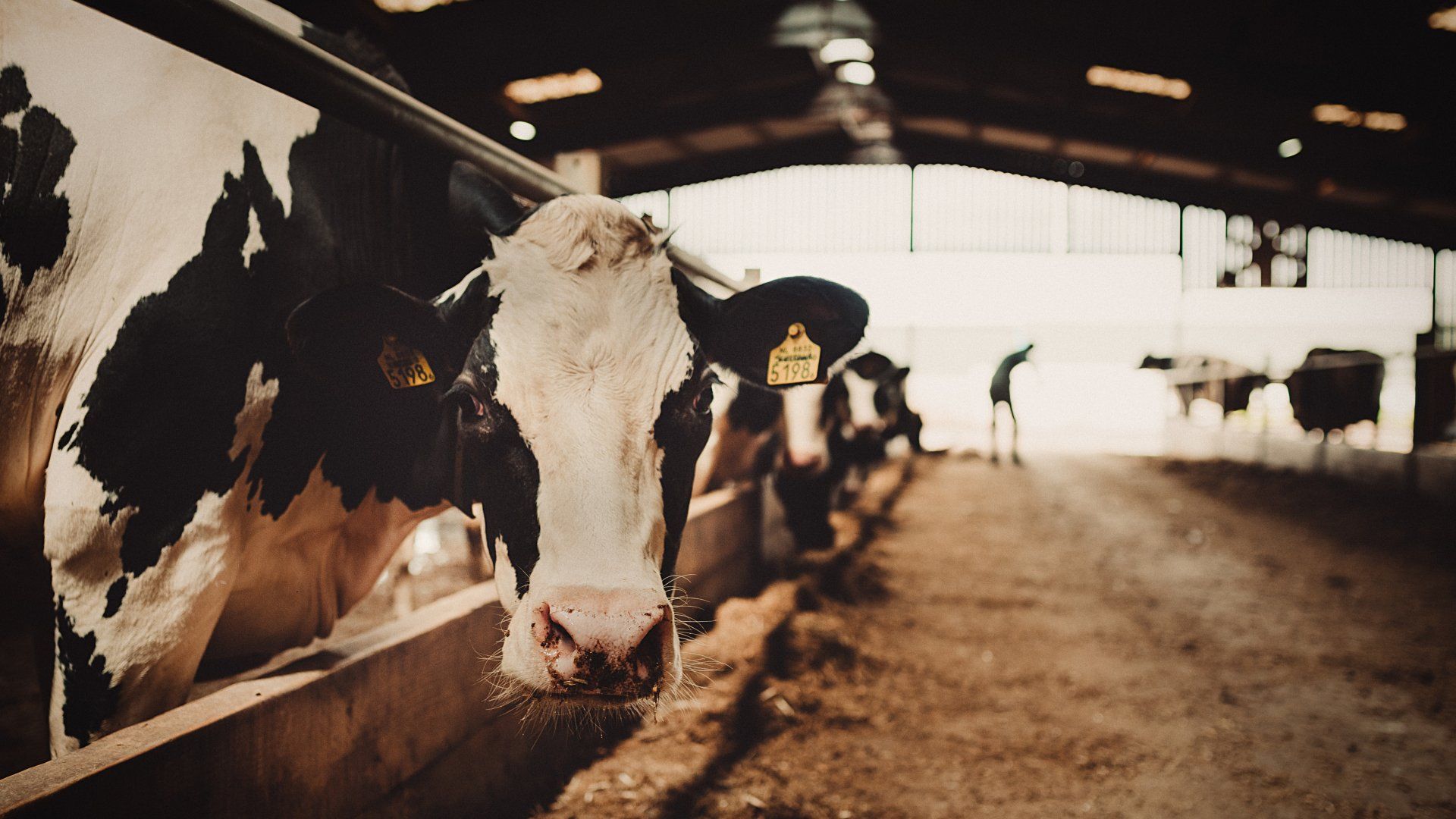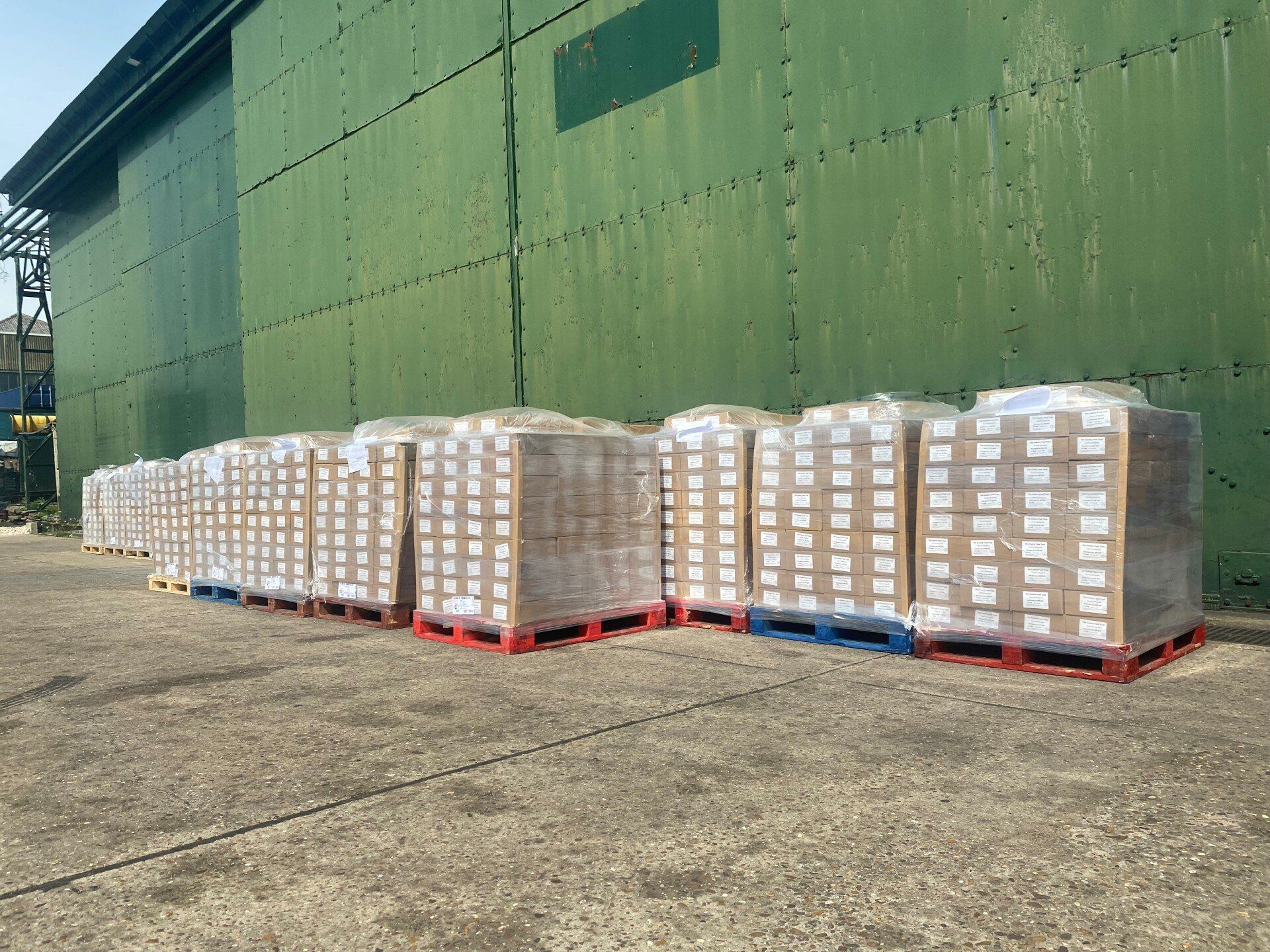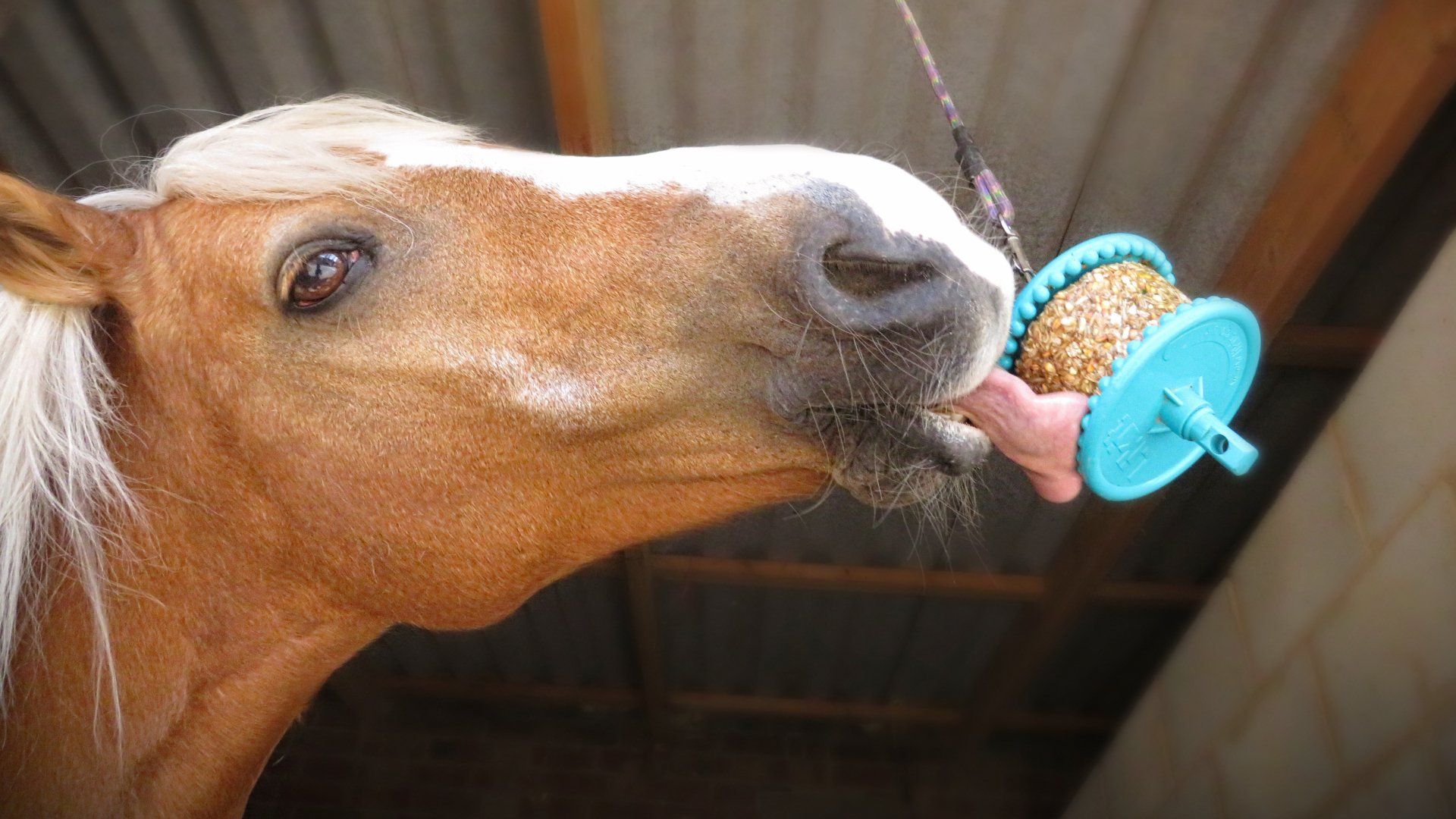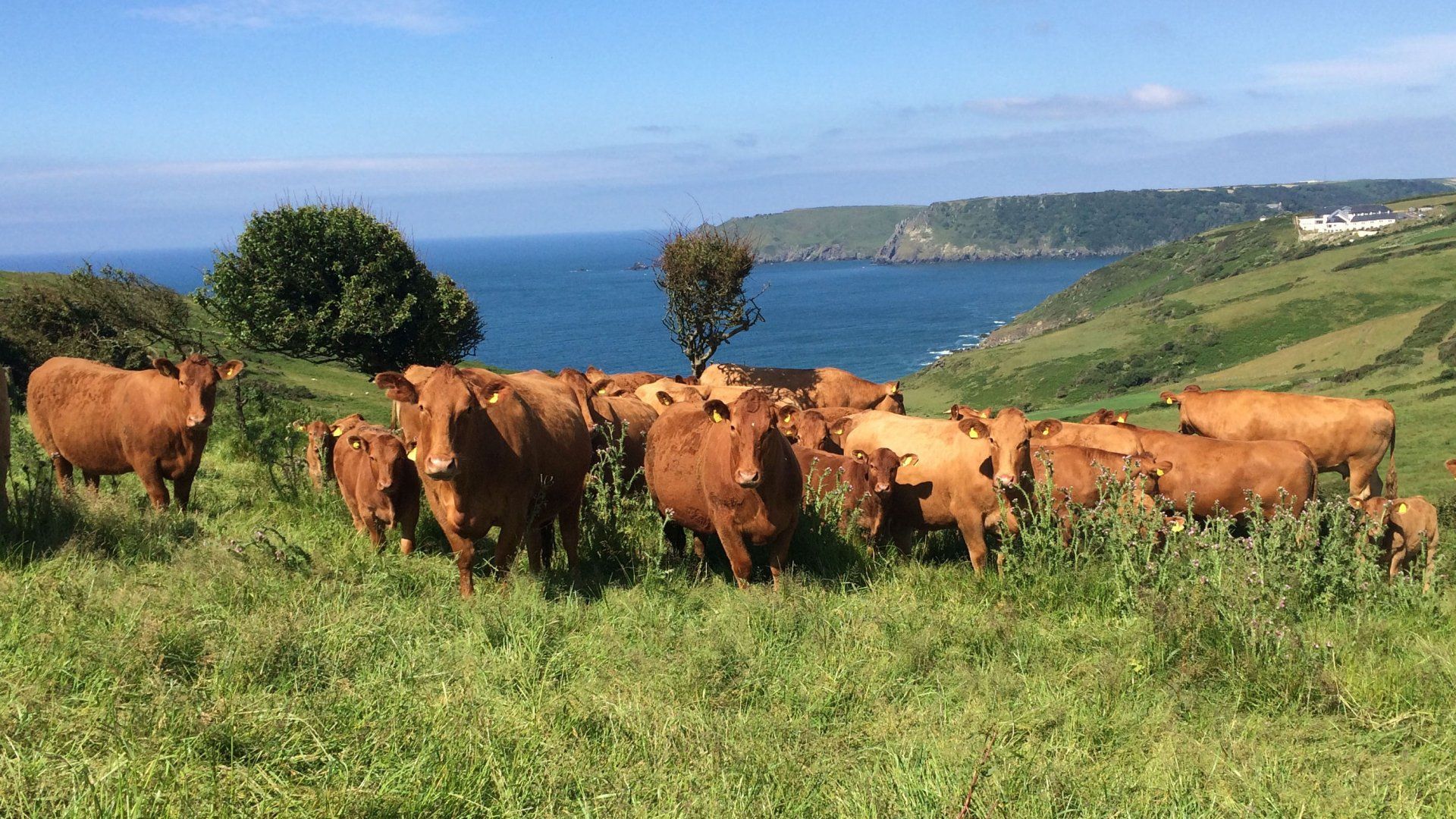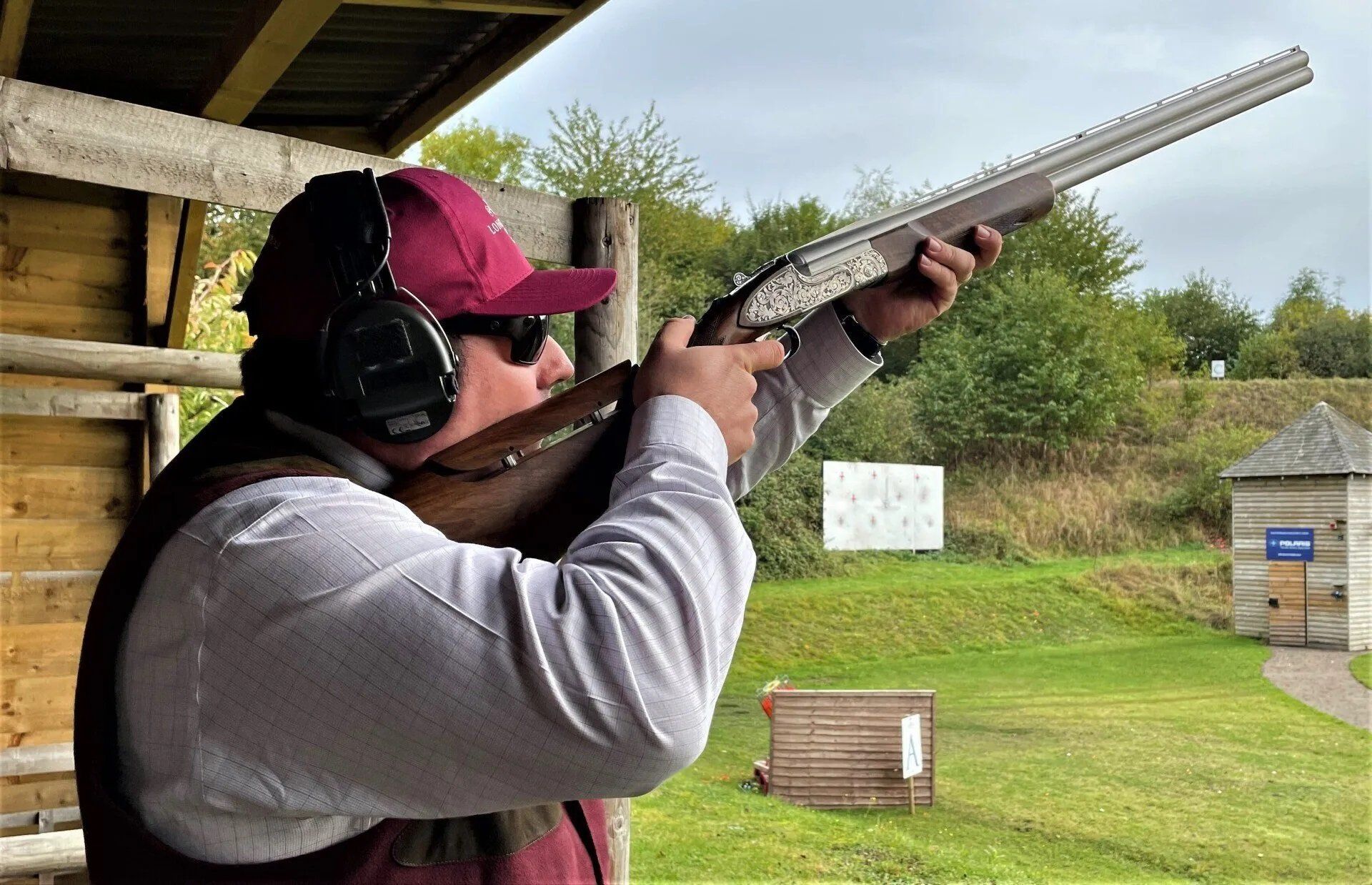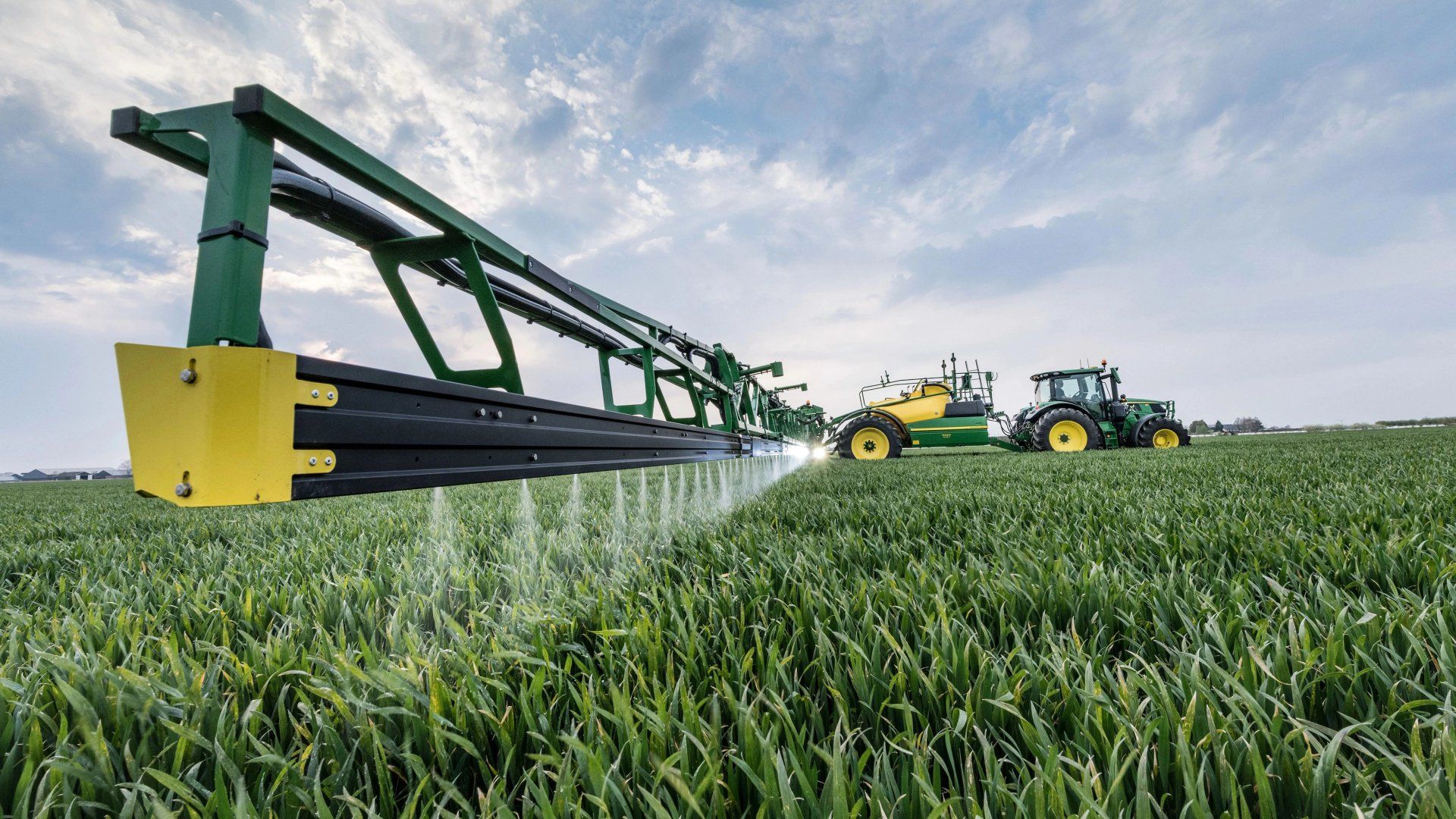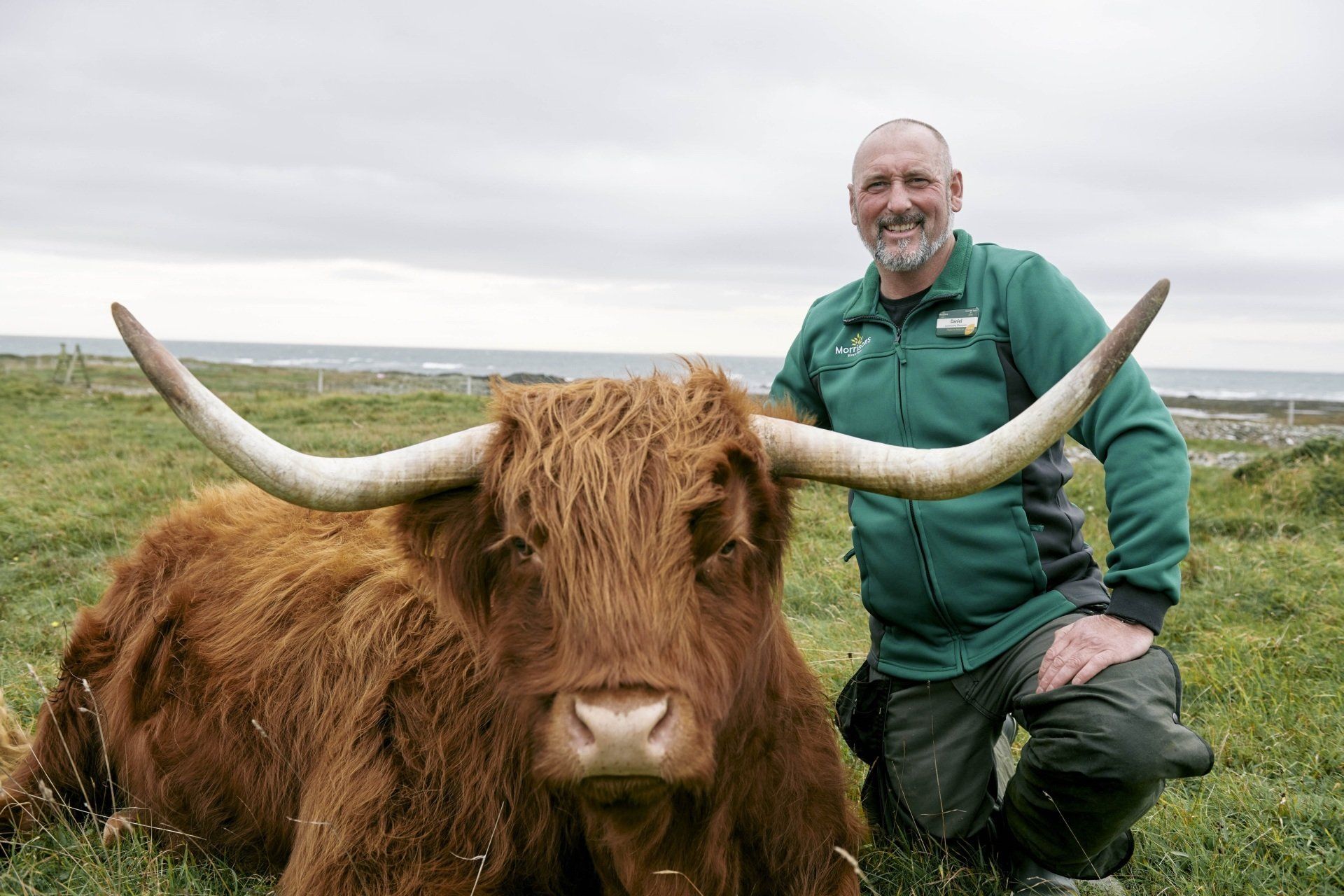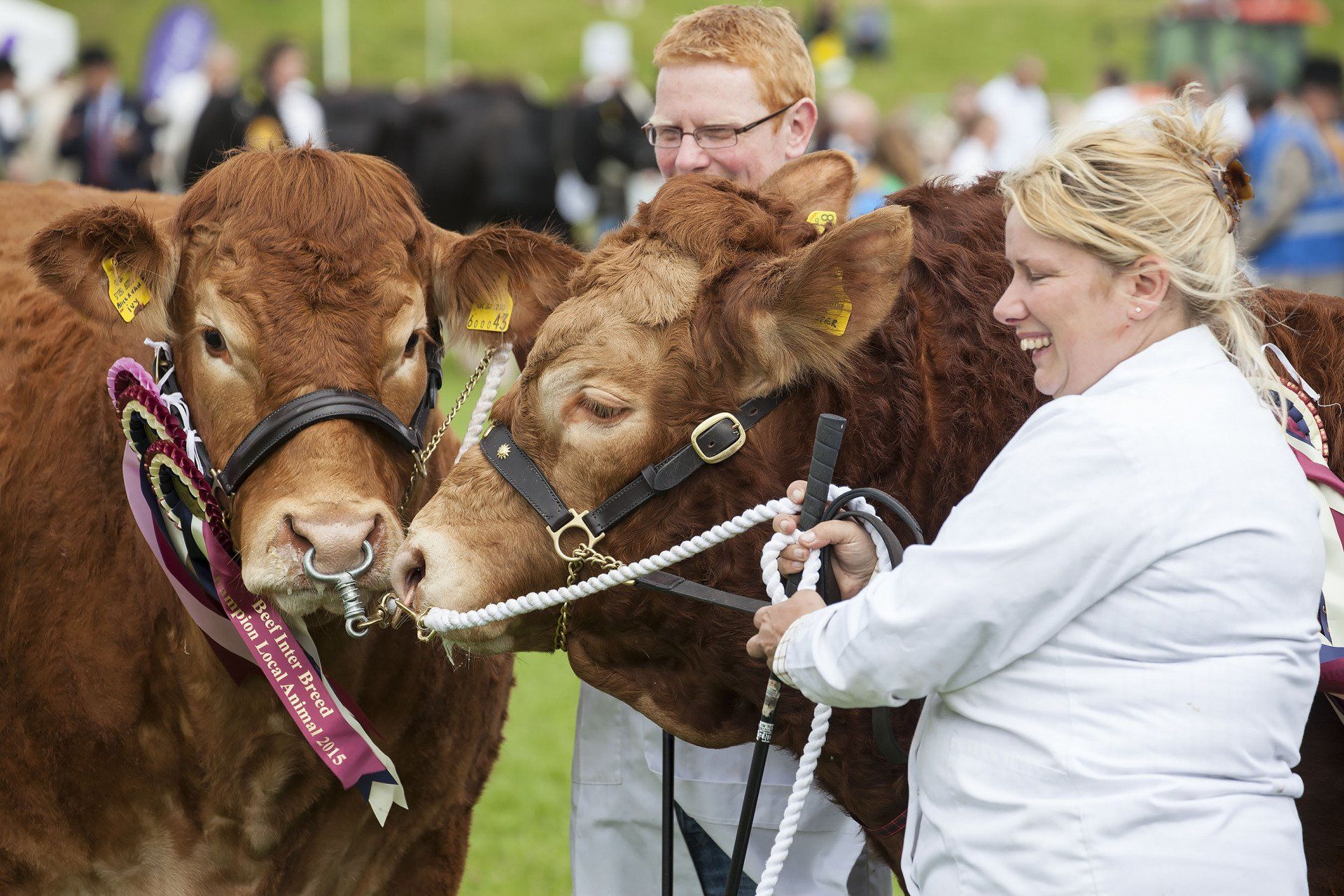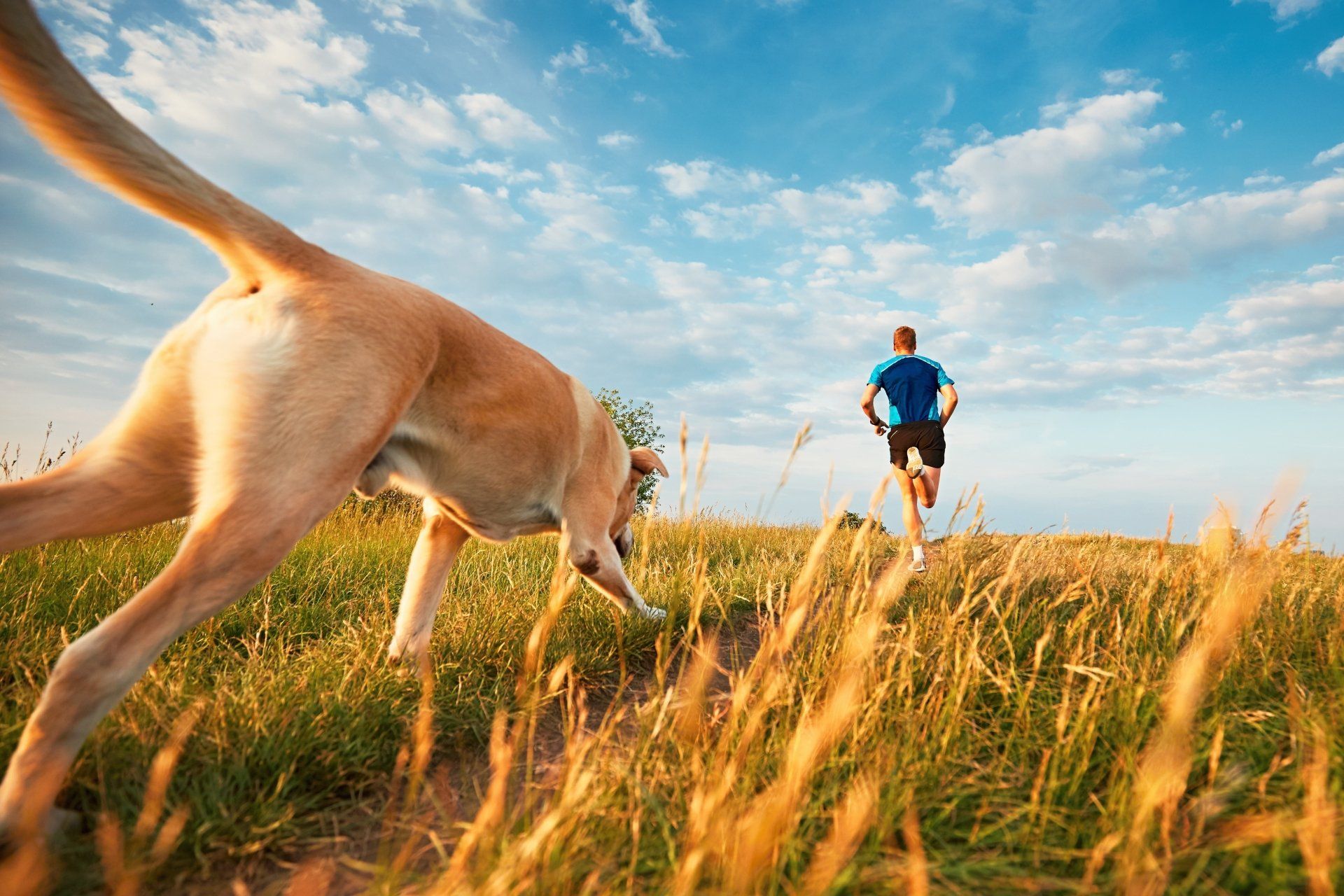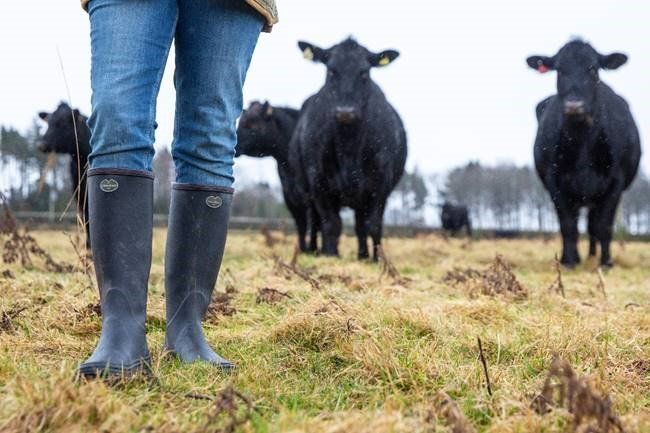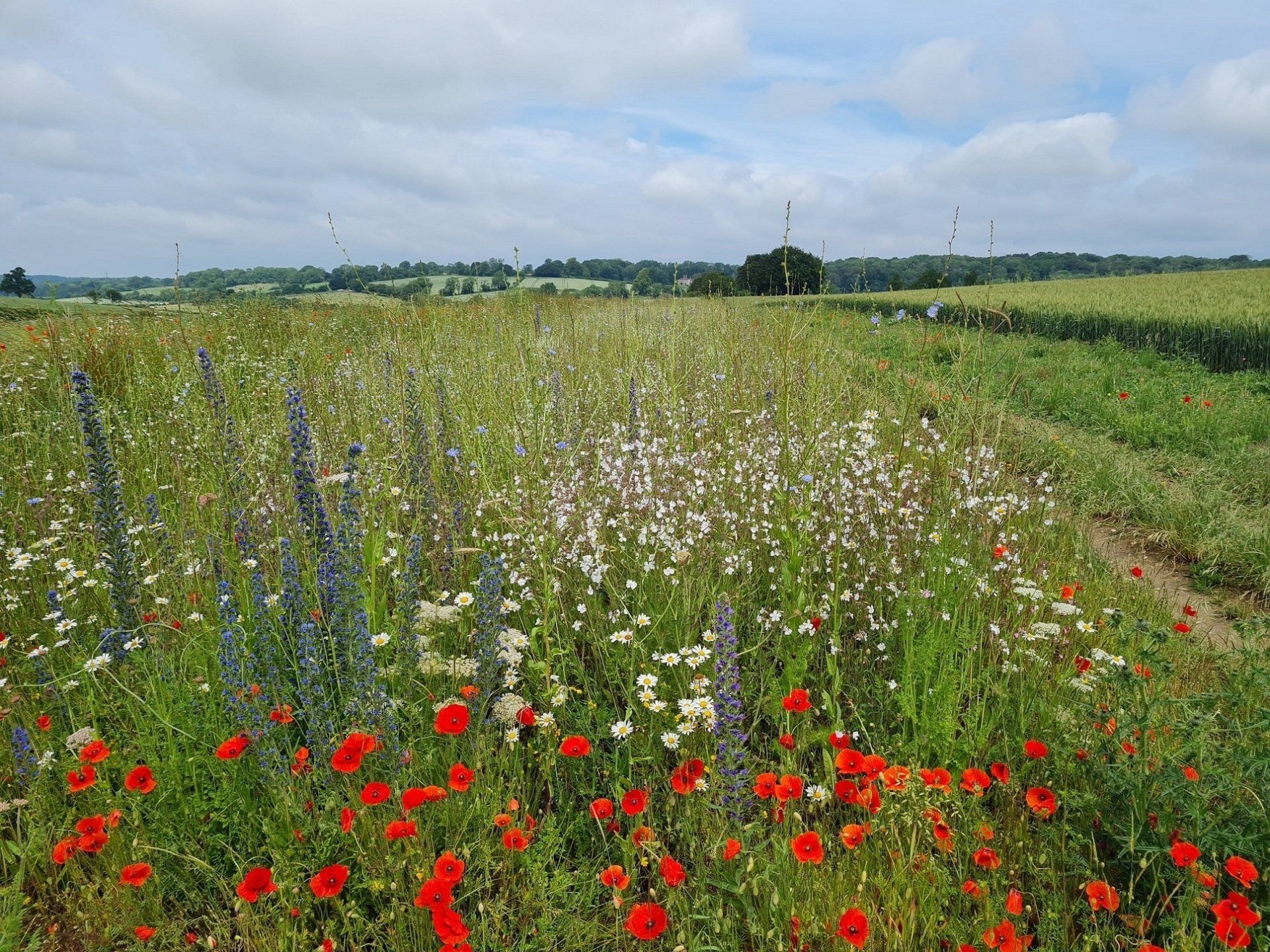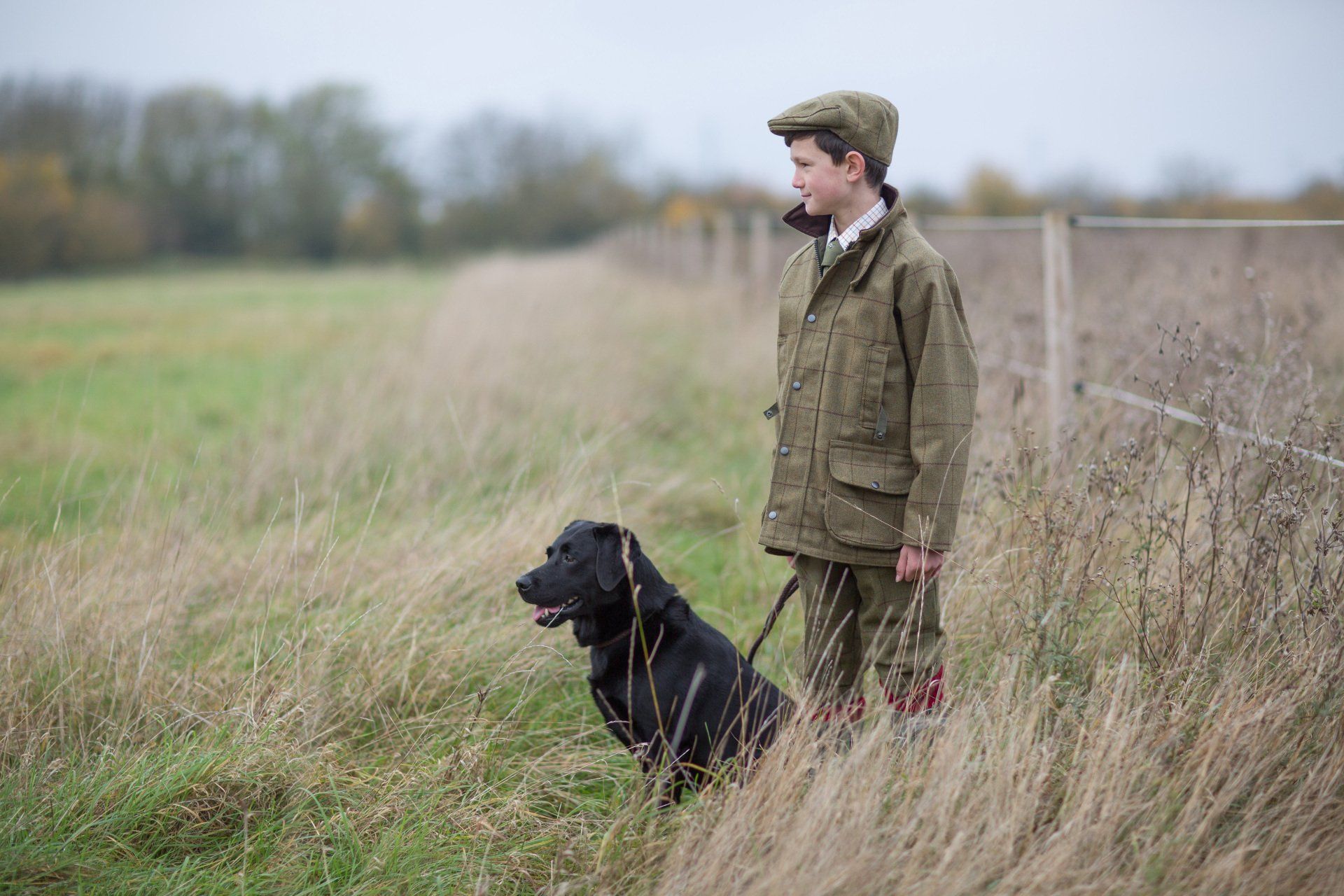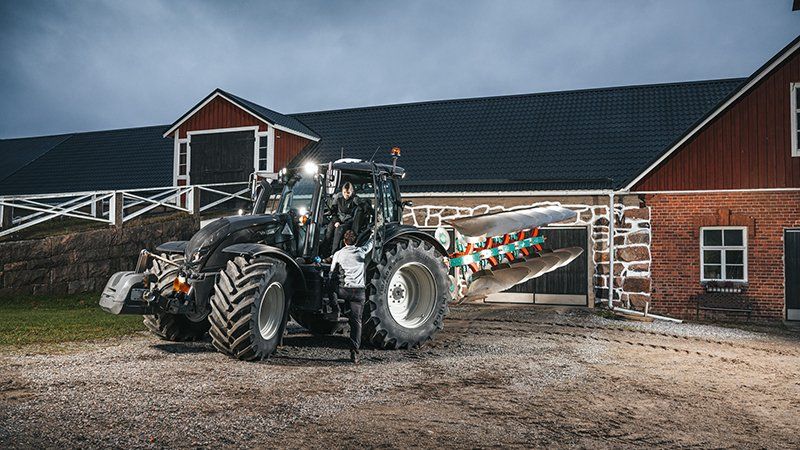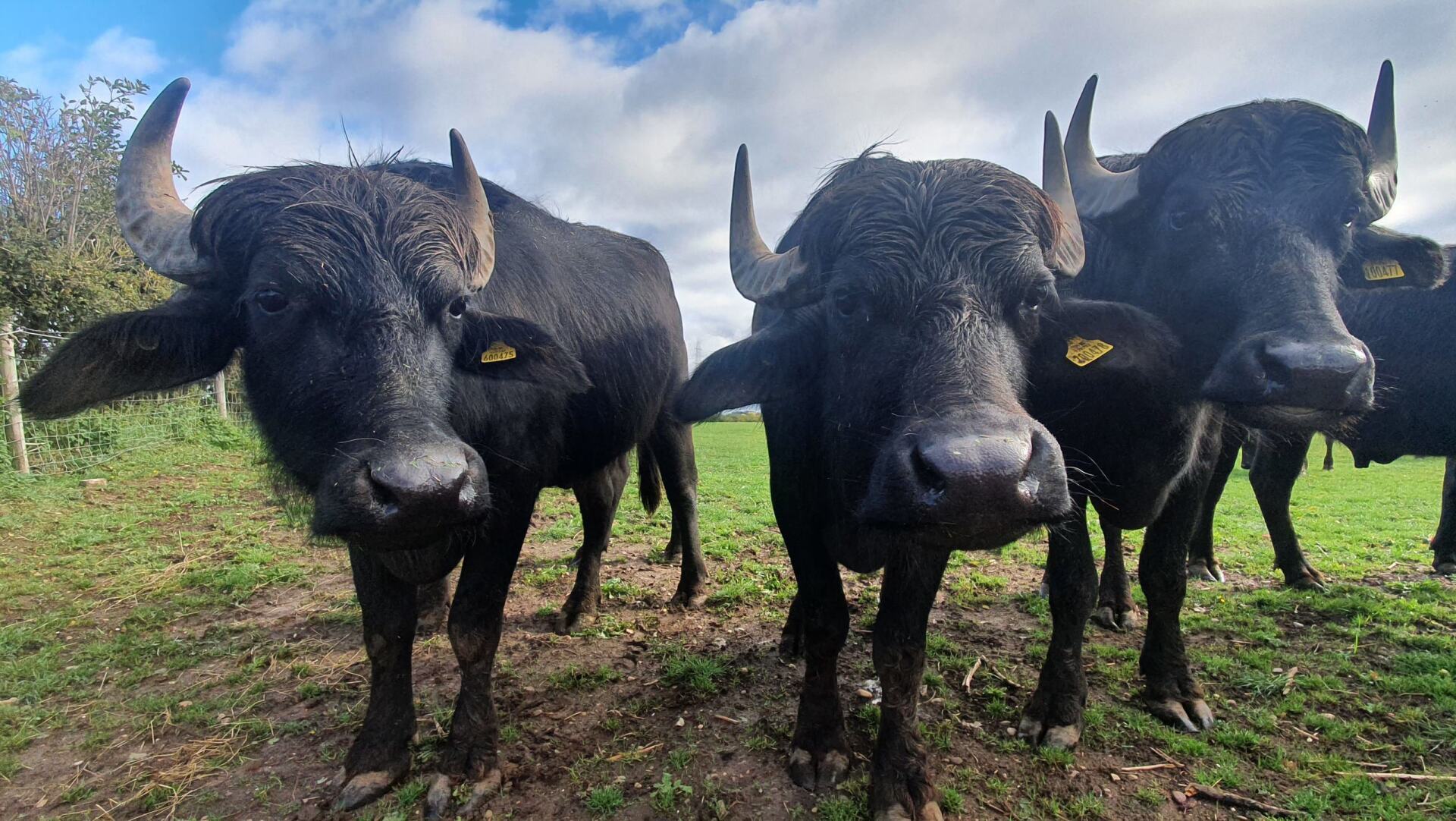The History of the Aberdeen Angus: From Scottish Hills to Global Fields
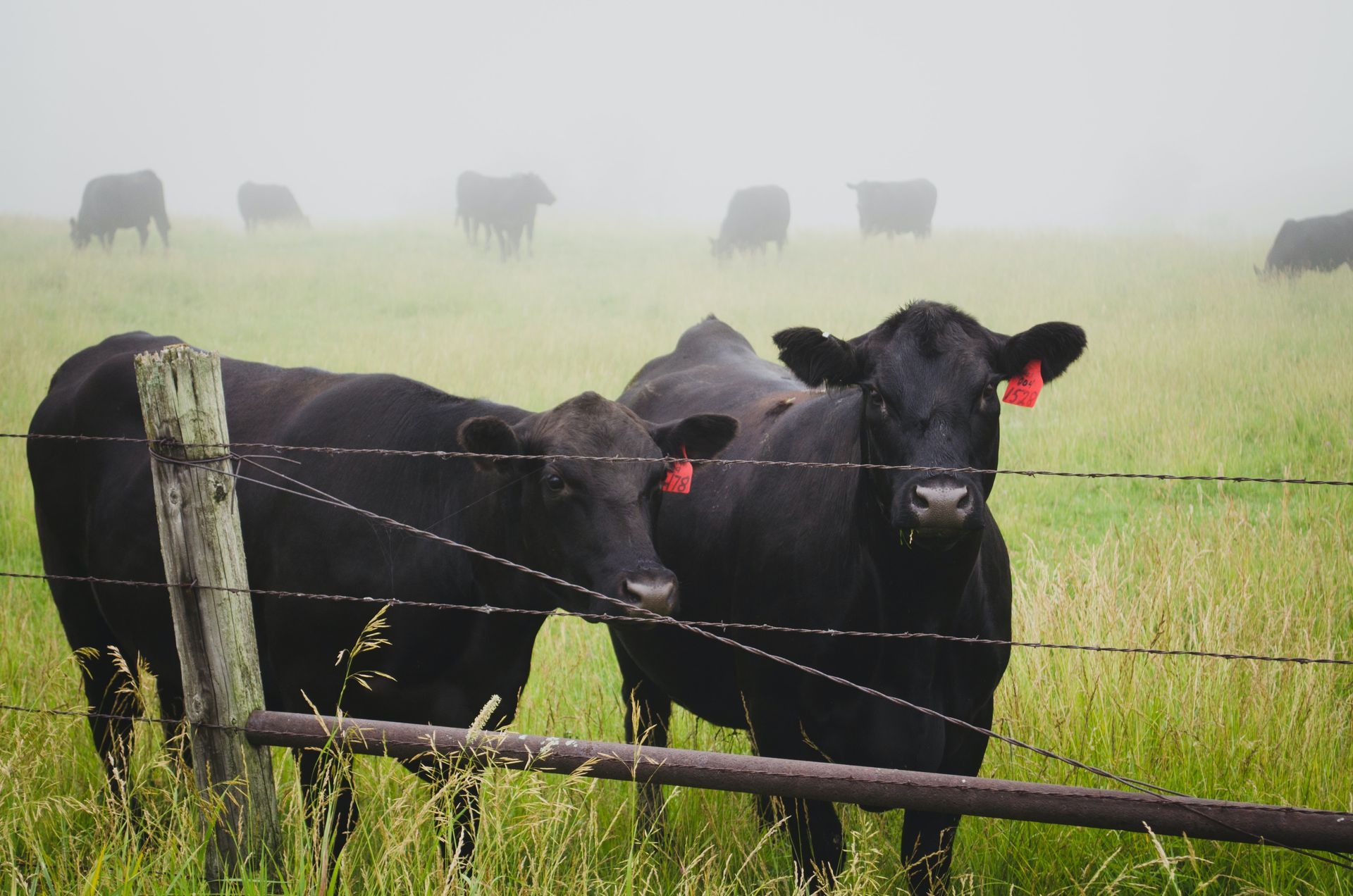
In the pastoral landscapes of Scotland, where the heather-clad hills roll under vast skies, a breed of cattle emerged that would shape the very fabric of modern agriculture—the Aberdeen Angus. With its distinctive black coat, robust build, and exceptional meat quality, the Angus breed has transcended its humble beginnings to become a global icon in the world of cattle farming.
Origins in Scotland
The Aberdeen Angus traces its roots to the early 19th century in the northeastern part of Scotland, where dedicated farmers sought to refine the local cattle breeds for improved meat production. The challenging Scottish climate and rugged terrain demanded a resilient and adaptable breed, and thus, the Aberdeen Angus began to take shape.
The breed's development was marked by a meticulous process of selective breeding, where farmers aimed to enhance desirable traits such as marbling, tenderness, and overall hardiness. The result was a compact, black-coated cattle breed that excelled in both meat quality and adaptability to the Scottish landscape.
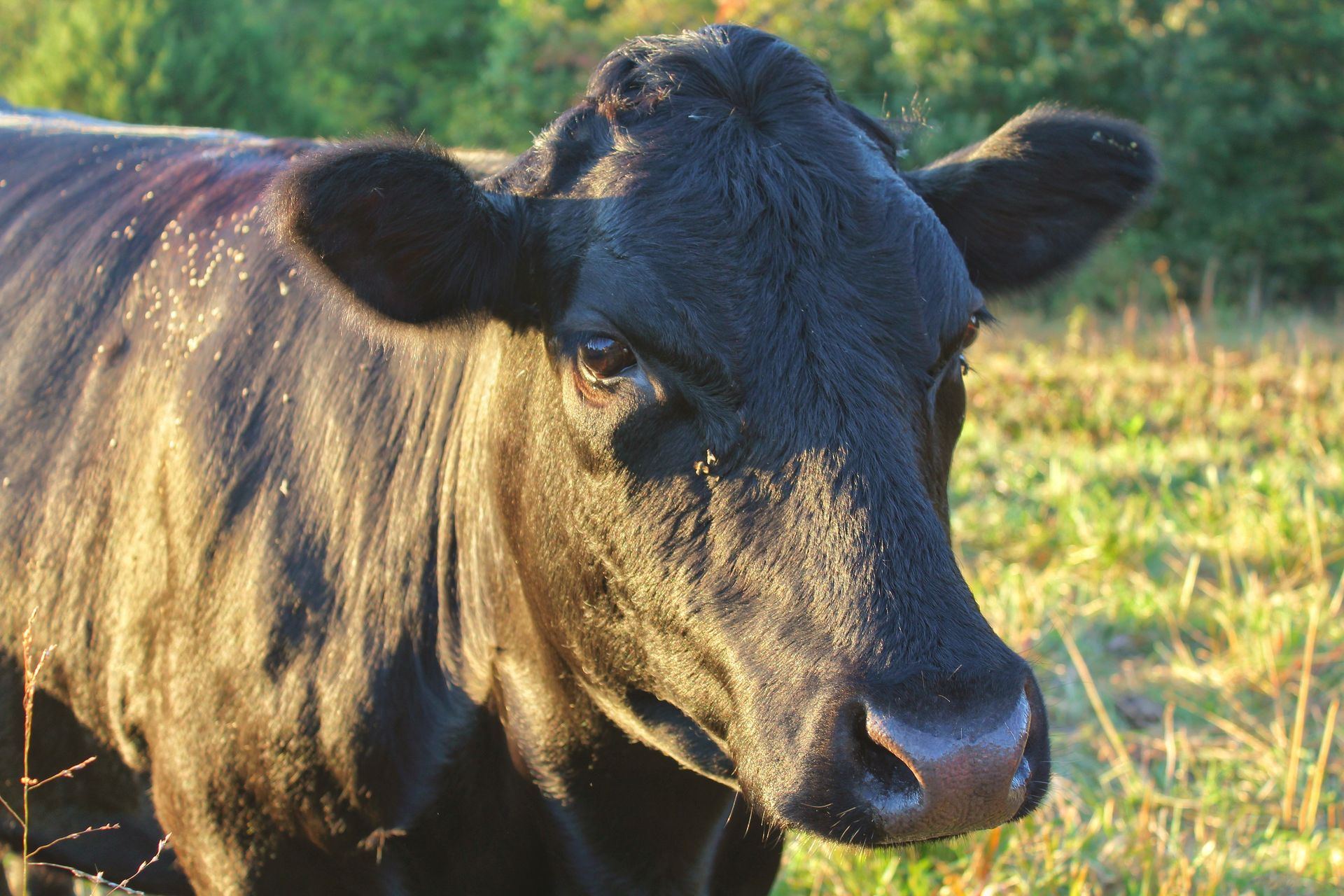
Pioneers and Influential Breeders
As the Aberdeen Angus breed gained recognition for its exceptional qualities, several key figures emerged as pioneers in its development. Among them, Hugh Watson is often hailed as the father of the breed. In the mid-19th century, Watson meticulously selected and bred cattle on his farm at Keillor in Angus, Scotland. His dedication and foresight laid the foundation for the breed's distinct characteristics and set the stage for its global dissemination.
Watson's bull "Old Jock," born in 1842, is considered the progenitor of the modern Aberdeen Angus. His lineage carried forward the superior traits that would define the breed and Old Jock's influence can be traced in the pedigrees of countless Angus cattle around the world.
The late 19th and early 20th centuries saw the establishment of breed societies and the codification of breed standards, further solidifying the Aberdeen Angus's place in the agricultural landscape. Notable breeders like William McCombie and the Rev. William Gregor played pivotal roles in promoting and refining the breed, ensuring its continued growth and recognition.
Global Spread and Success
The Aberdeen Angus's journey from the misty hills of Scotland to far-reaching corners of the globe is a testament to its adaptability and the breeders' commitment to its excellence. The late 19th century witnessed the export of Aberdeen Angus cattle to North America, particularly the United States and Canada, where they found fertile ground for expansion.
In the United States, the breed gained rapid popularity, thanks to its suitability for the expansive ranching systems of the American West. The establishment of the American Aberdeen Angus Association in 1883 further propelled the breed into the forefront of the American beef industry. Today, the United States boasts one of the largest populations of Aberdeen Angus cattle globally.
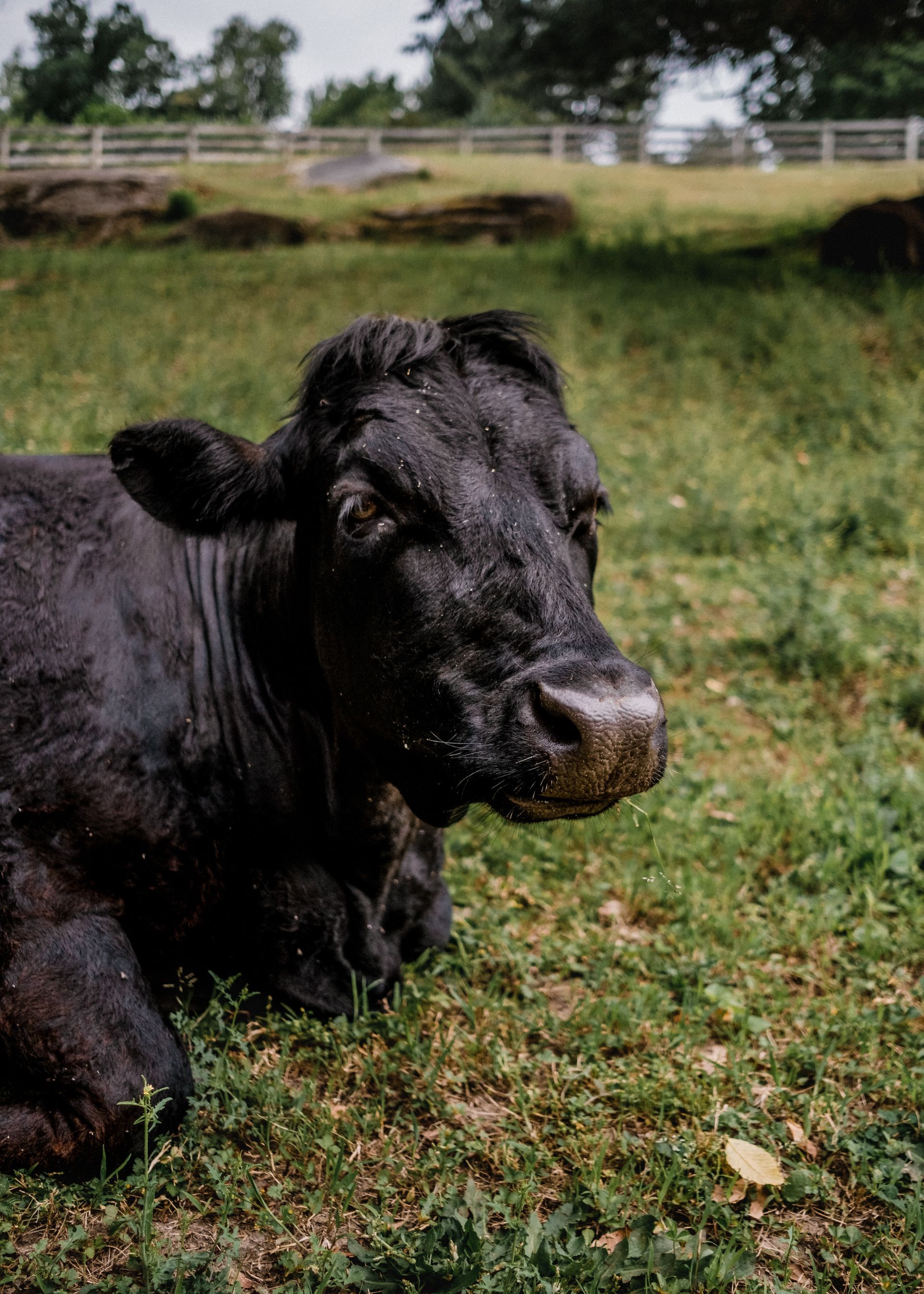
Milestones in Breed Development
The development of the Aberdeen Angus breed was marked by key milestones that reflected its adaptability, meat quality, and economic importance. In 1879, the first importation of Aberdeen Angus cattle to Australia marked the breed's entry into the Southern Hemisphere. The breed's success in Australia, known for its diverse climates, underscored its ability to thrive in varied environments.
Throughout the 20th century, advancements in breeding technologies further accelerated the breed's development. Artificial insemination, performance testing, and genetic selection allowed breeders to refine desirable traits, enhancing the breed's overall productivity and consistency.
Modern Significance in Agriculture
In the contemporary landscape of agriculture, the Aberdeen Angus remains a cornerstone of success for many farmers and ranchers worldwide. Its significance is multifaceted, encompassing not only meat quality but also its adaptability to diverse environments, efficient feed conversion, and its role in sustainable farming practices.
Meat Quality and Consumer Preferences:
Aberdeen Angus's reputation for superior meat quality is a driving force behind its continued popularity. With well-marbled, tender, and flavourful beef, Angus cattle have secured a prominent place in the culinary world. Consumers, chefs, and restaurateurs alike recognise and appreciate the premium attributes of Angus beef.
Adaptability and Resilience:
The breed's adaptability to various climates and terrains makes it an attractive choice for farmers around the world. From the highlands of Scotland to the vast plains of the Americas and the expansive fields of Australia, Aberdeen Angus cattle have demonstrated their resilience and ability to thrive in diverse conditions.
Efficiency in Feed Conversion:
Aberdeen Angus cattle are known for their efficient conversion of feed into high-quality beef. This characteristic is of particular importance in modern agriculture, where sustainable and resource-efficient practices are increasingly prioritized. The breed's ability to produce quality beef with minimal input resources contributes to its economic and environmental sustainability.
Sustainable Agriculture Practices:
The Aberdeen Angus's role in sustainable agriculture extends beyond its feed efficiency. The breed's ability to graze on diverse pasture lands, coupled with its hardiness, aligns with the principles of regenerative agriculture. Angus cattle contribute to soil health, biodiversity, and the overall resilience of farming ecosystems.
Global Influence in Beef Production:
Angus genetics has become a global standard in beef production. The breed's influence extends not only to purebred herds but also through crossbreeding programs. Angus genetics are often incorporated into other breeds to enhance meat quality, growth rates, and adaptability.
A Legacy Continues
As we reflect on the historical significance of the Aberdeen Angus, it becomes evident that its legacy is one of resilience, adaptability, and excellence. From the windswept hills of Scotland to the expansive fields of the Americas and beyond, Aberdeen Angus cattle have left an indelible mark on agriculture, shaping the way we view and produce high-quality beef.
The breed's journey from a local Scottish speciality to a global icon is a testament to the vision of pioneering breeders, the adaptability of the cattle, and the enduring appeal of their premium meat. In modern agriculture, the Aberdeen Angus stands as more than a breed; it is a symbol of sustainable farming practices, economic viability, and a commitment to delivering exceptional quality to tables around the world. As we embrace the future, the legacy of Aberdeen Angus cattle continues to thrive, ensuring a place of honour in the annals of agricultural history.
Read more:
